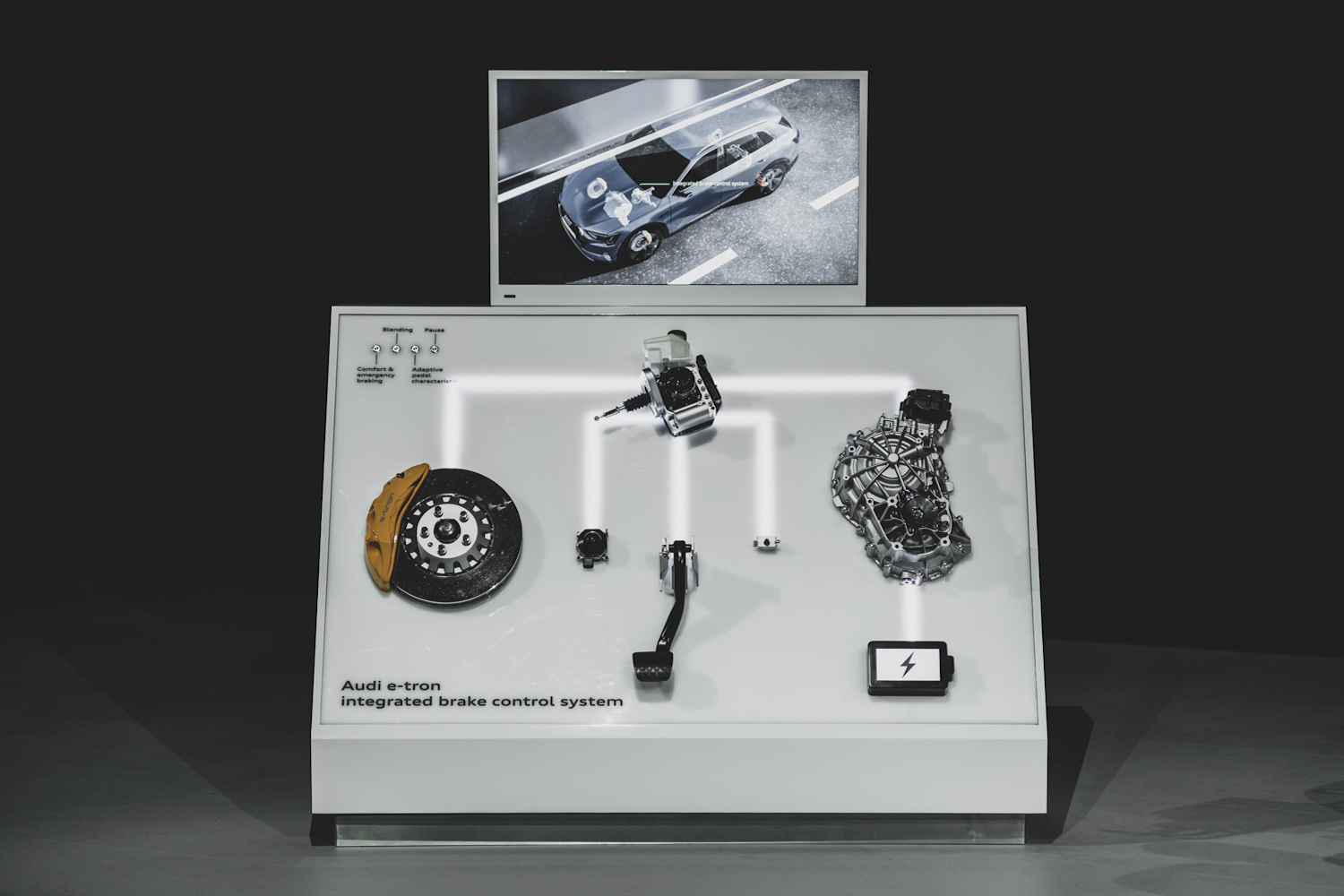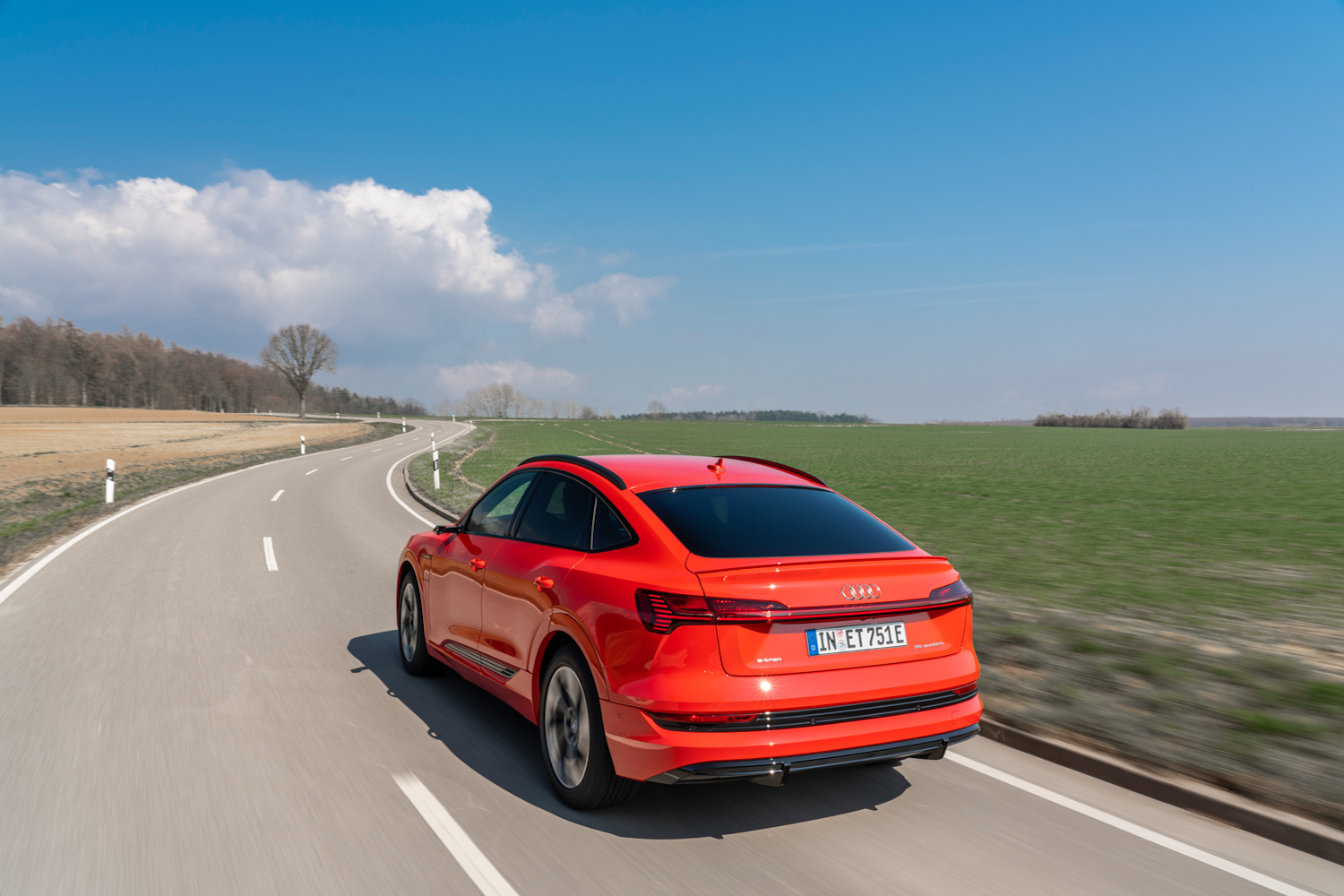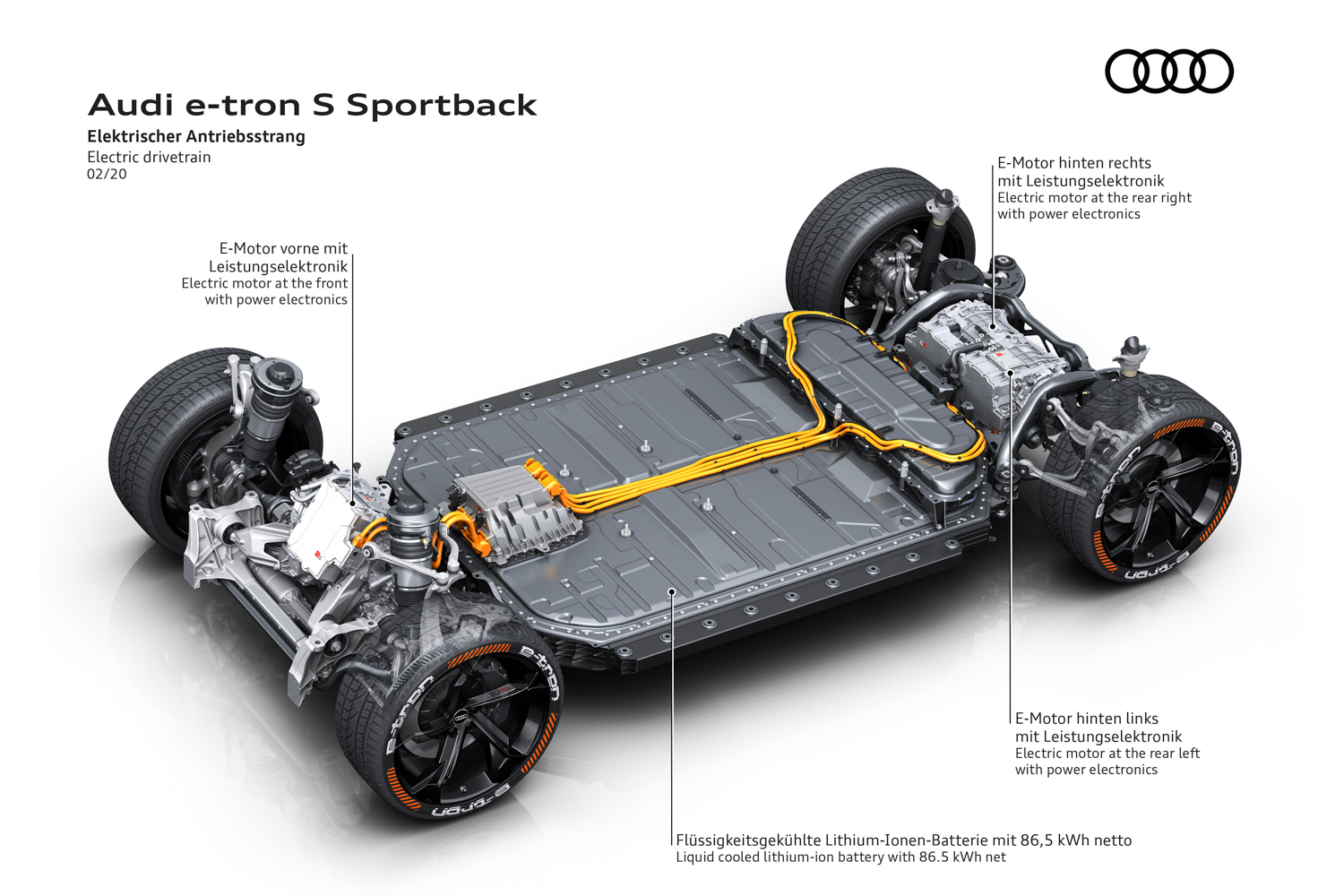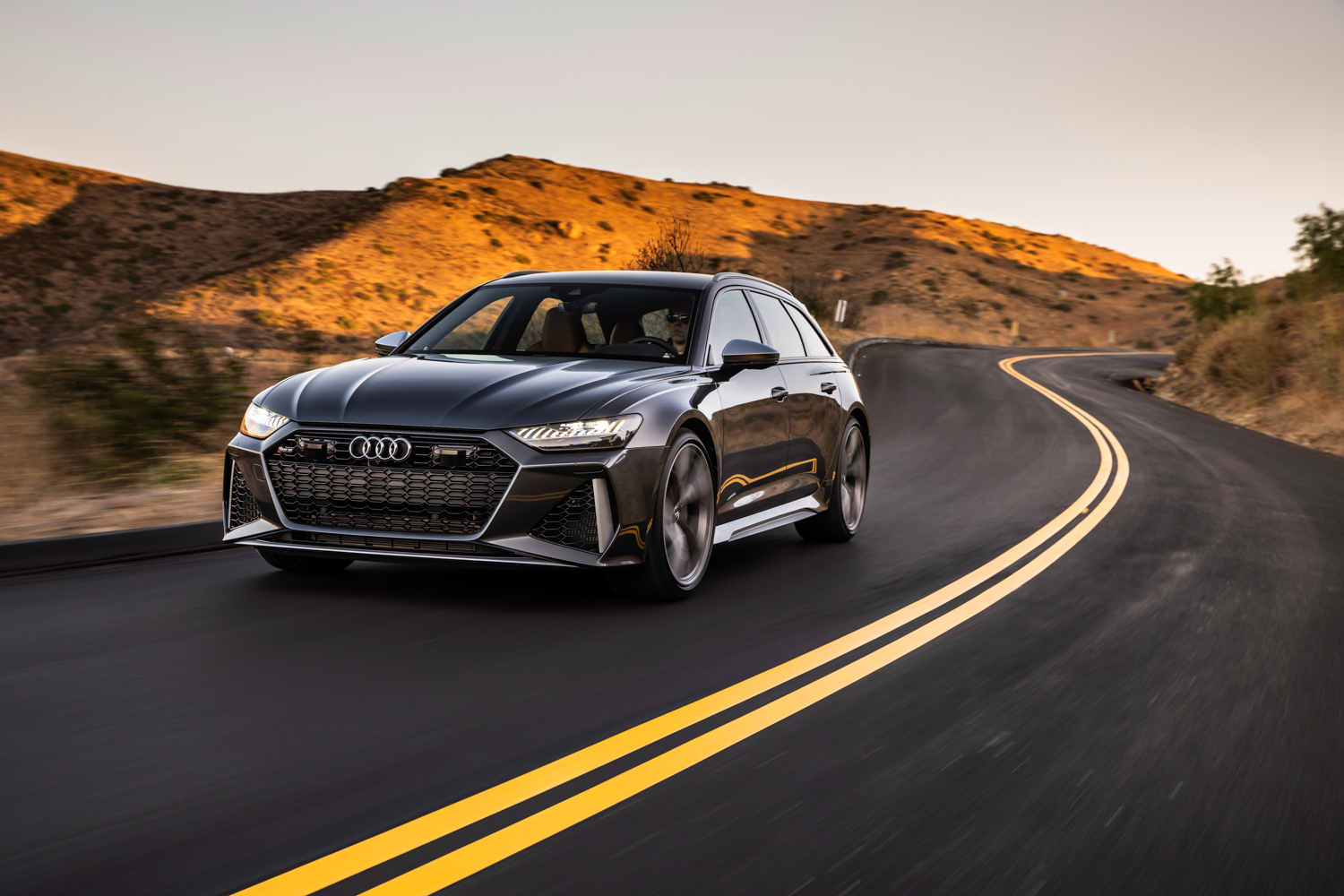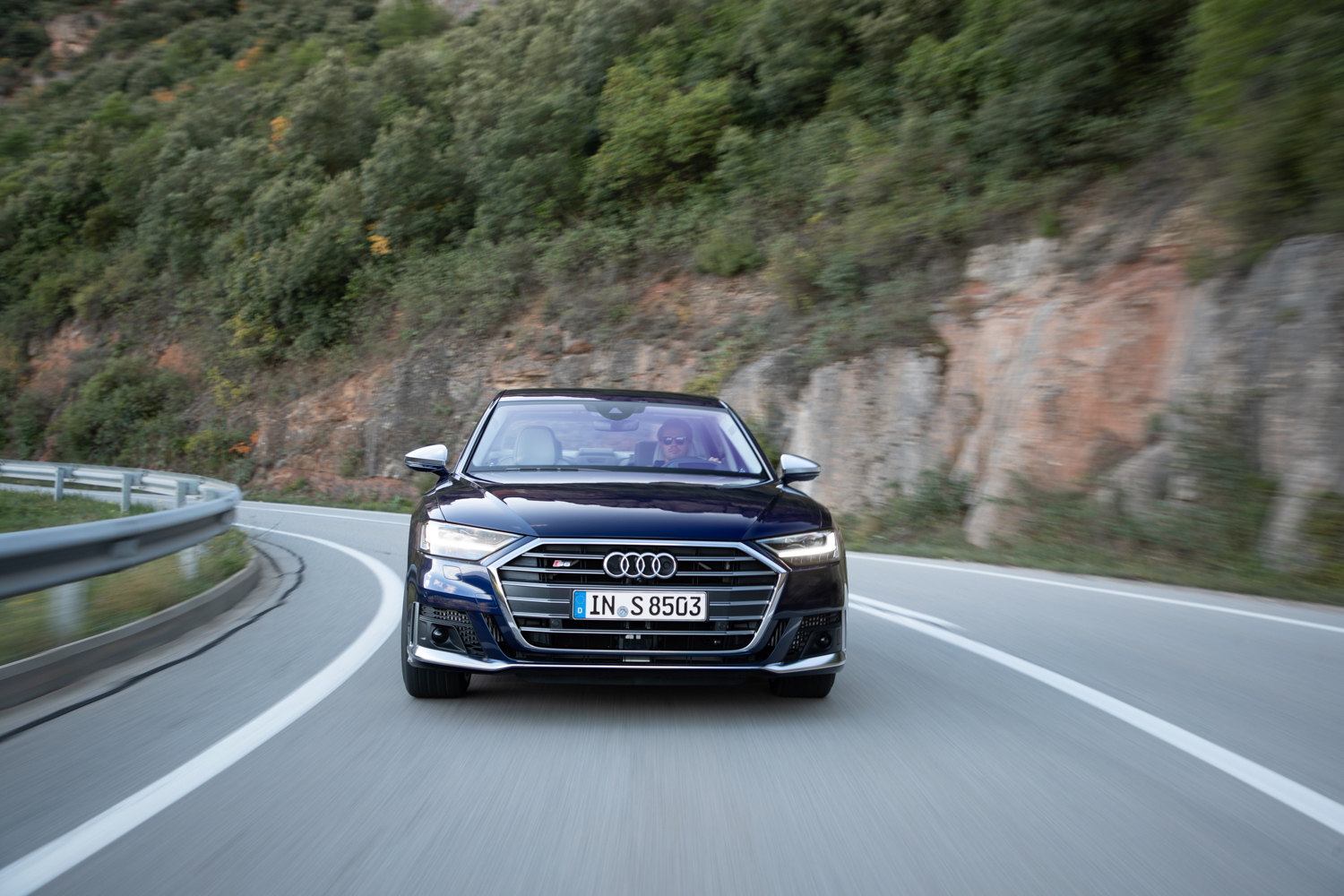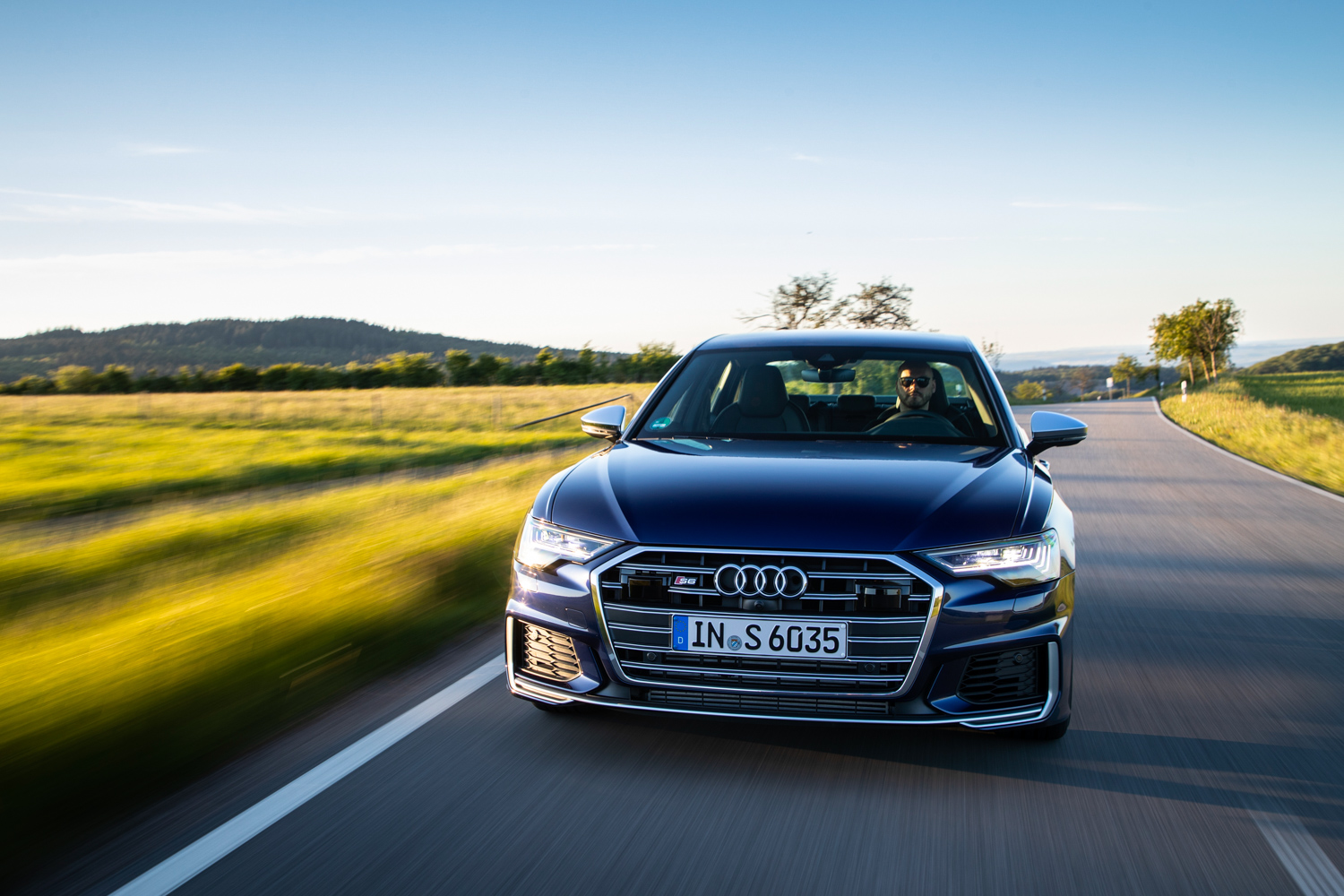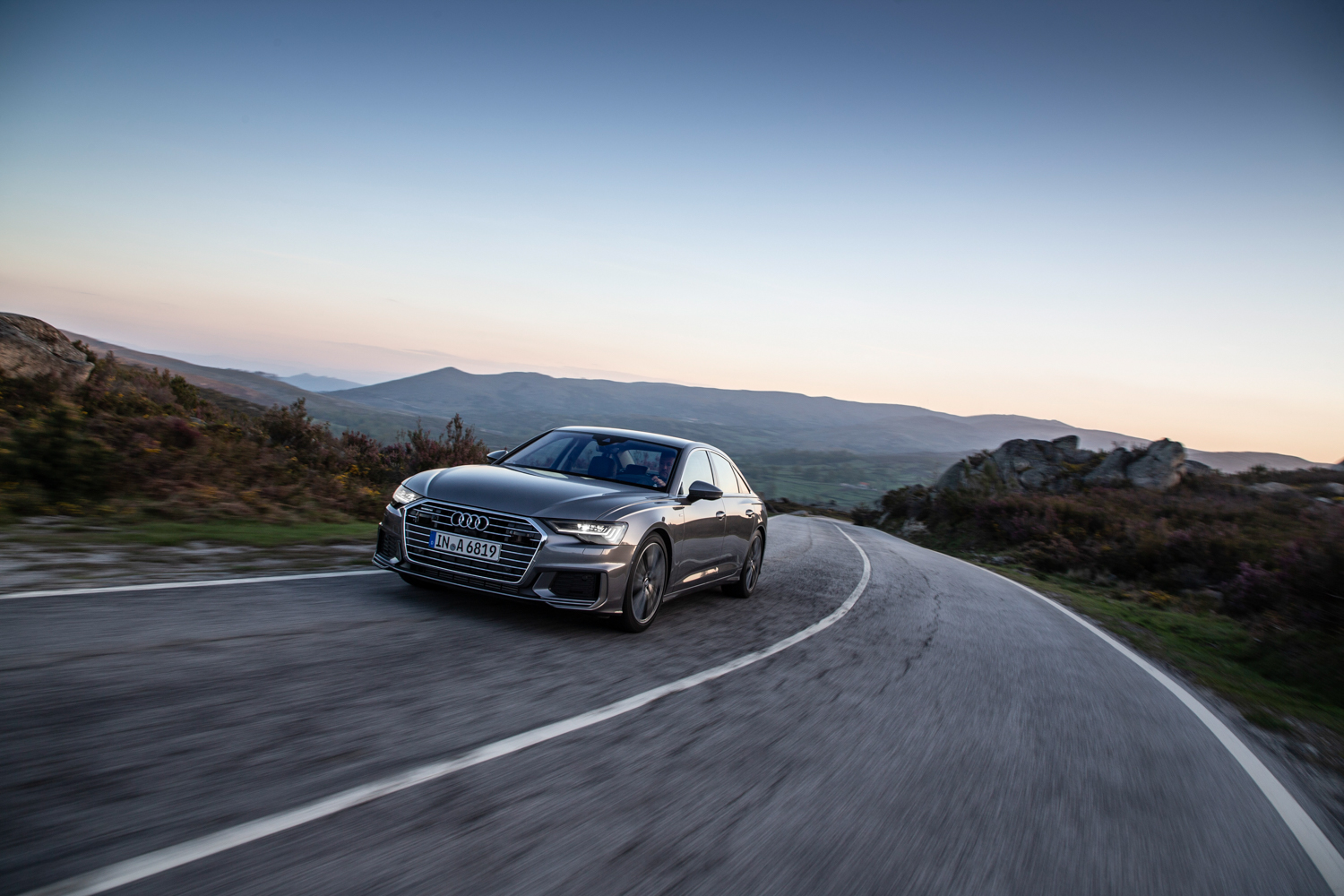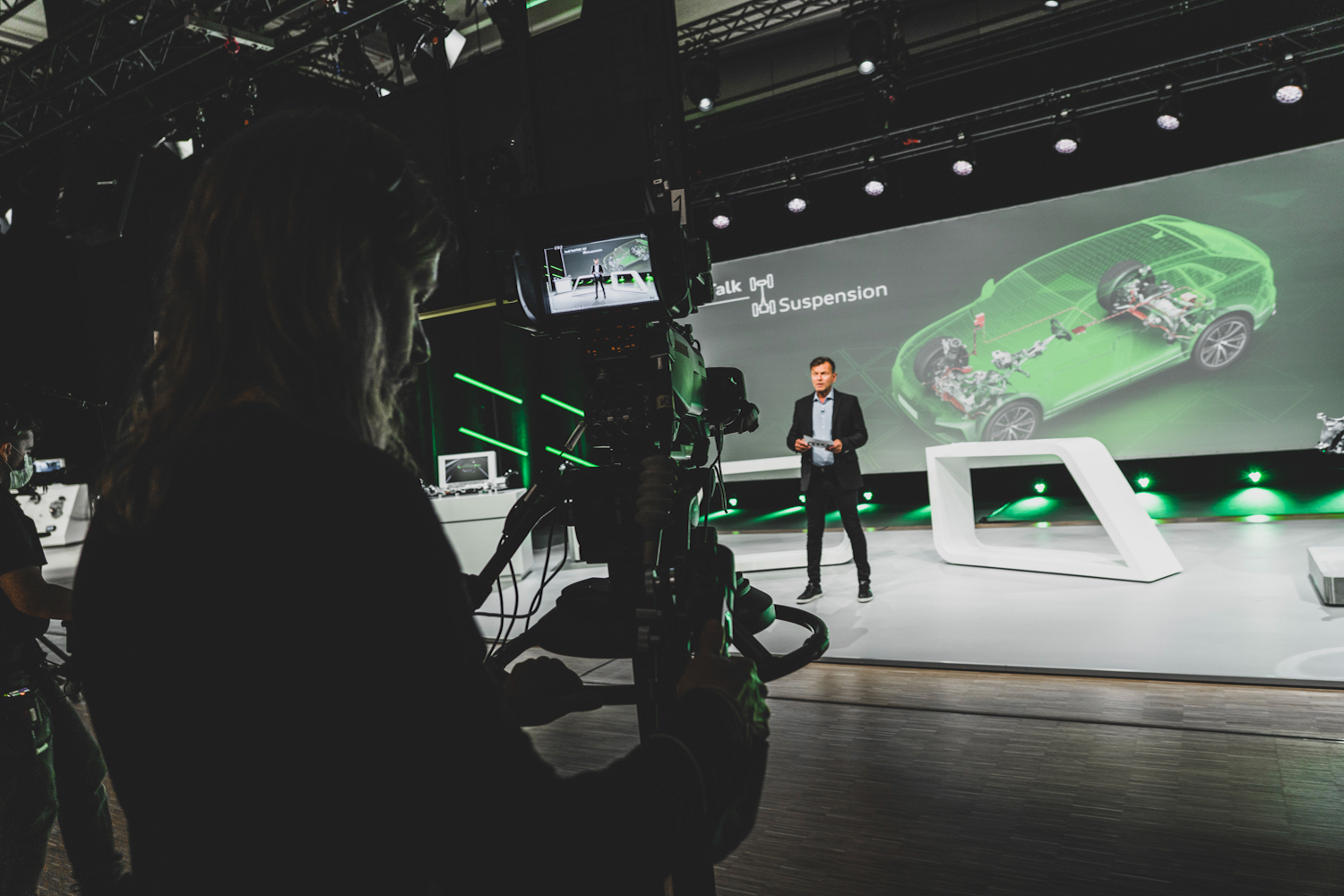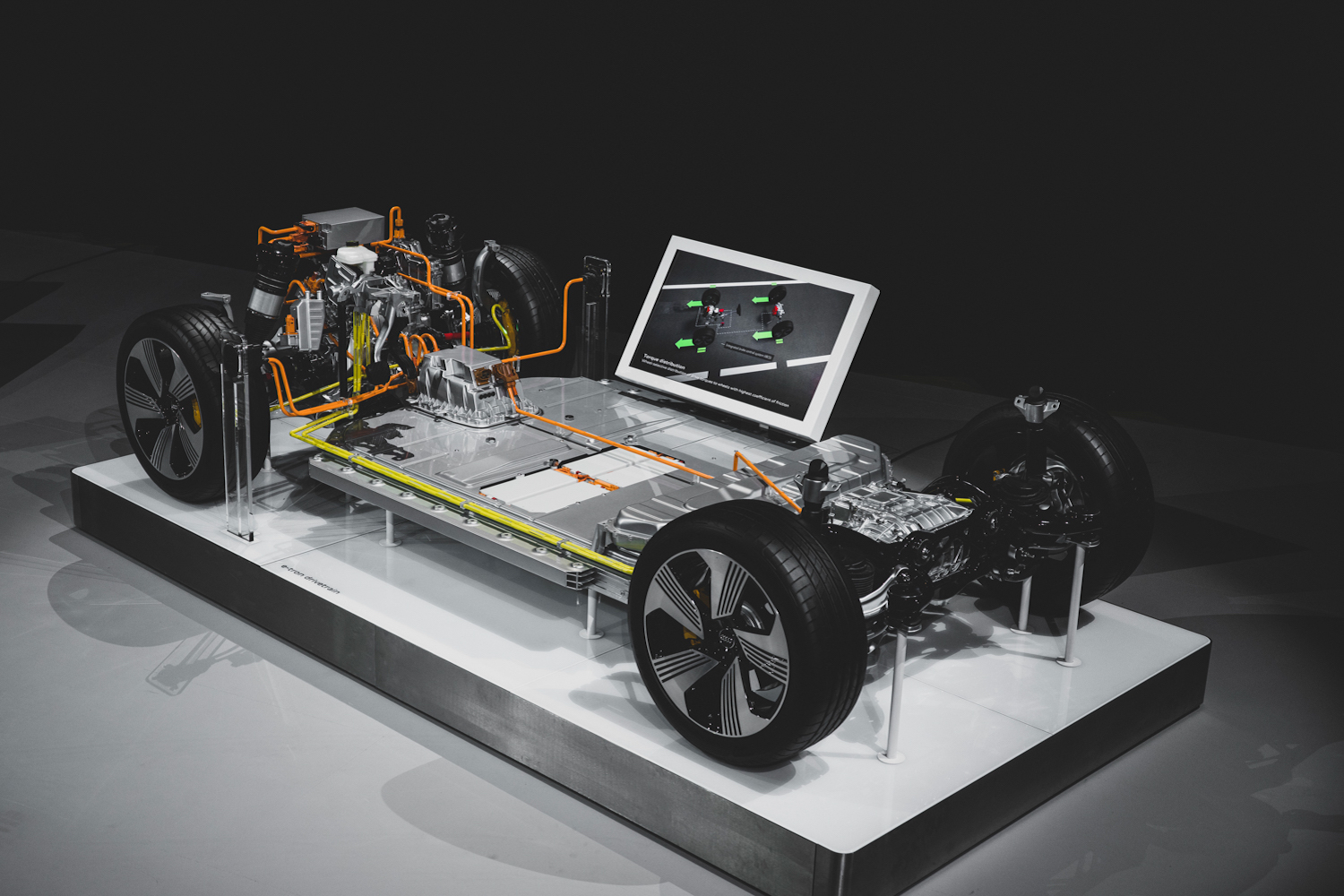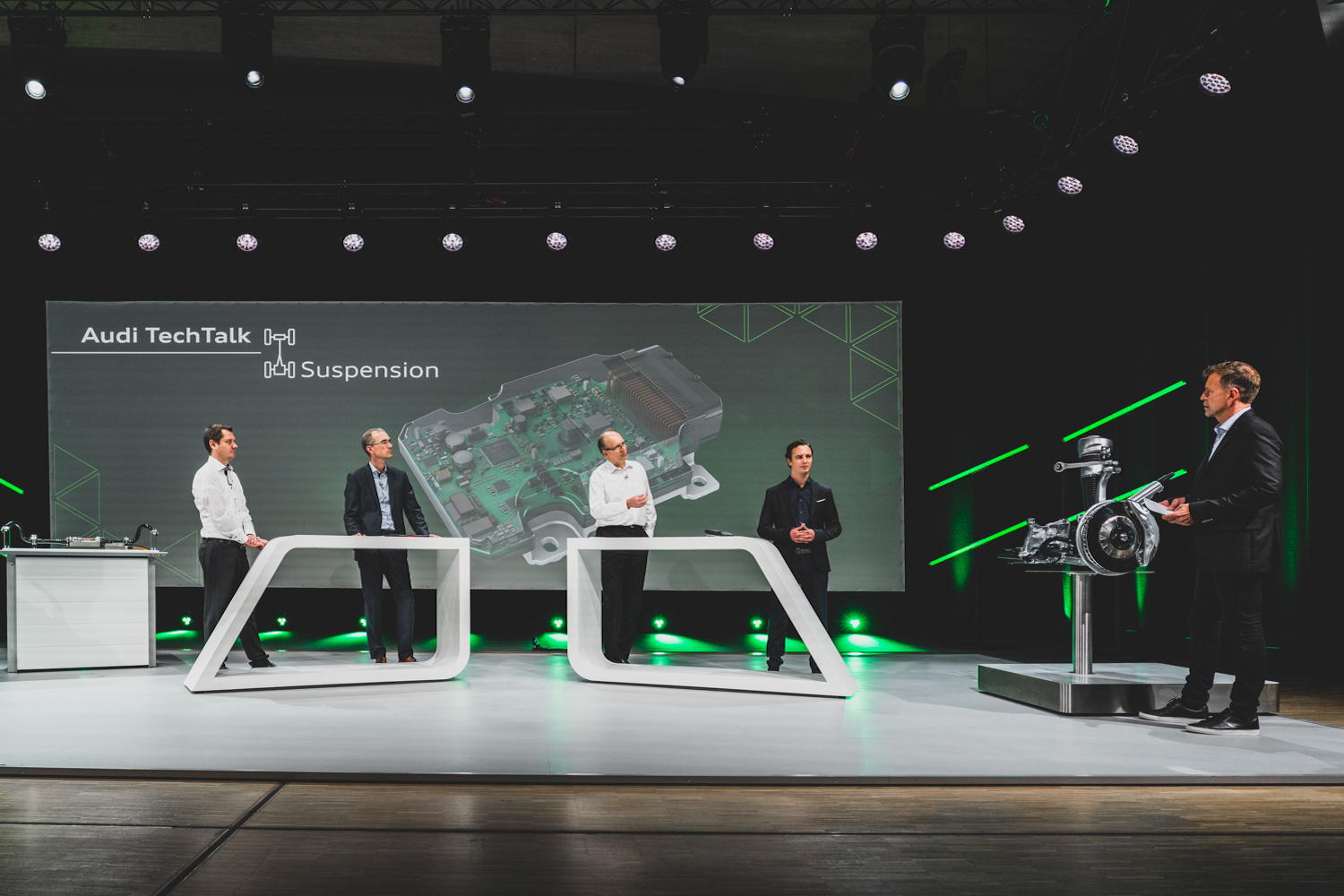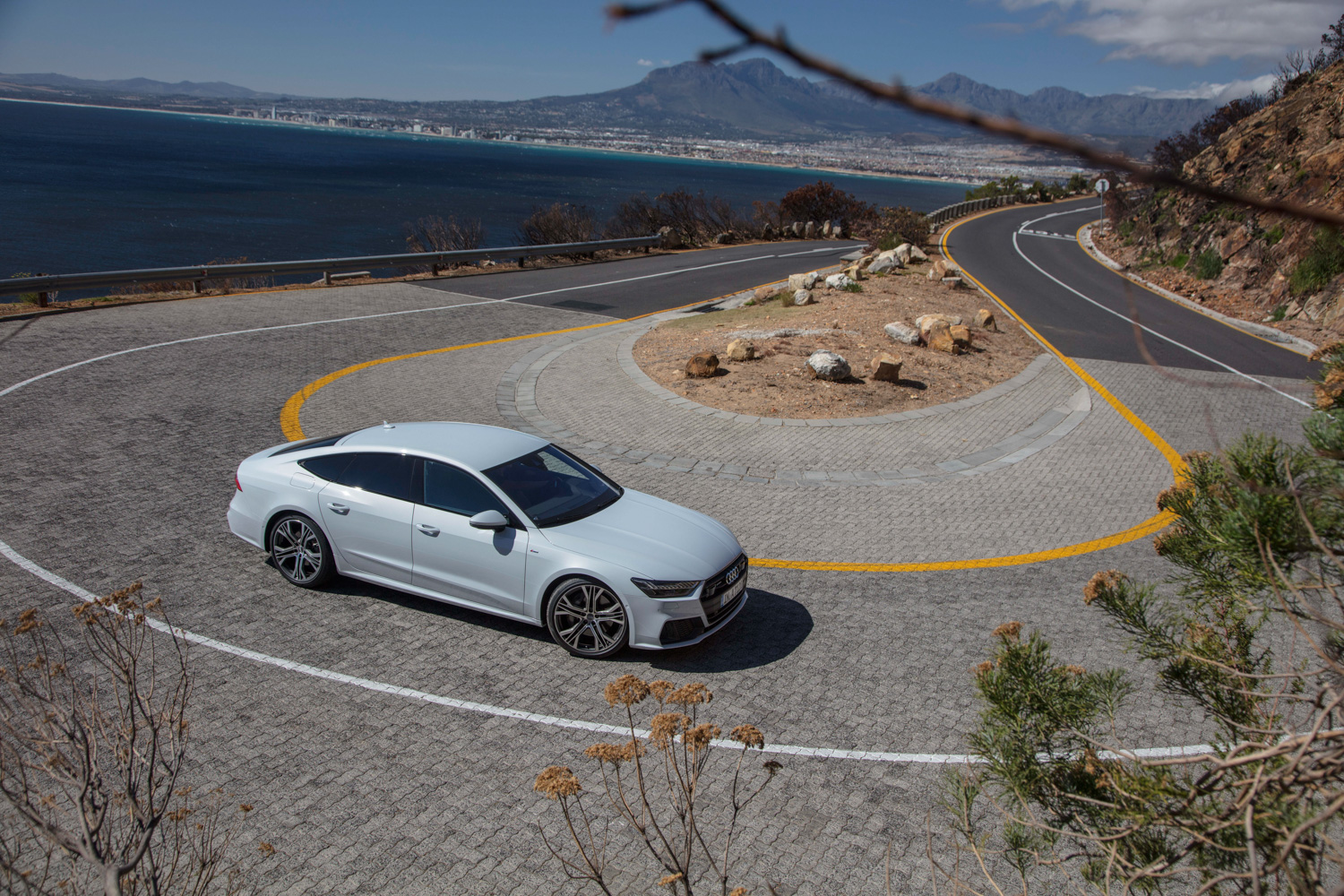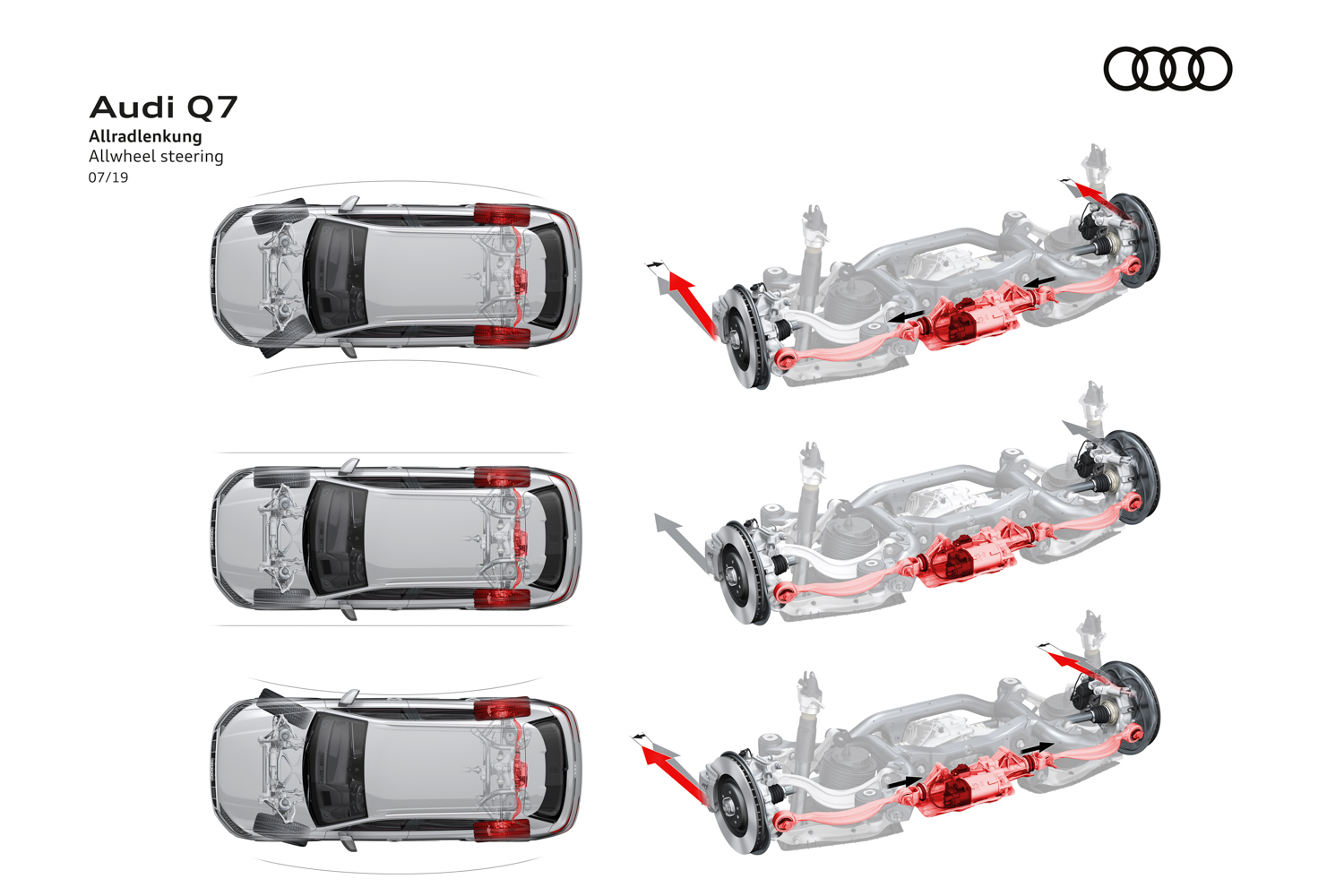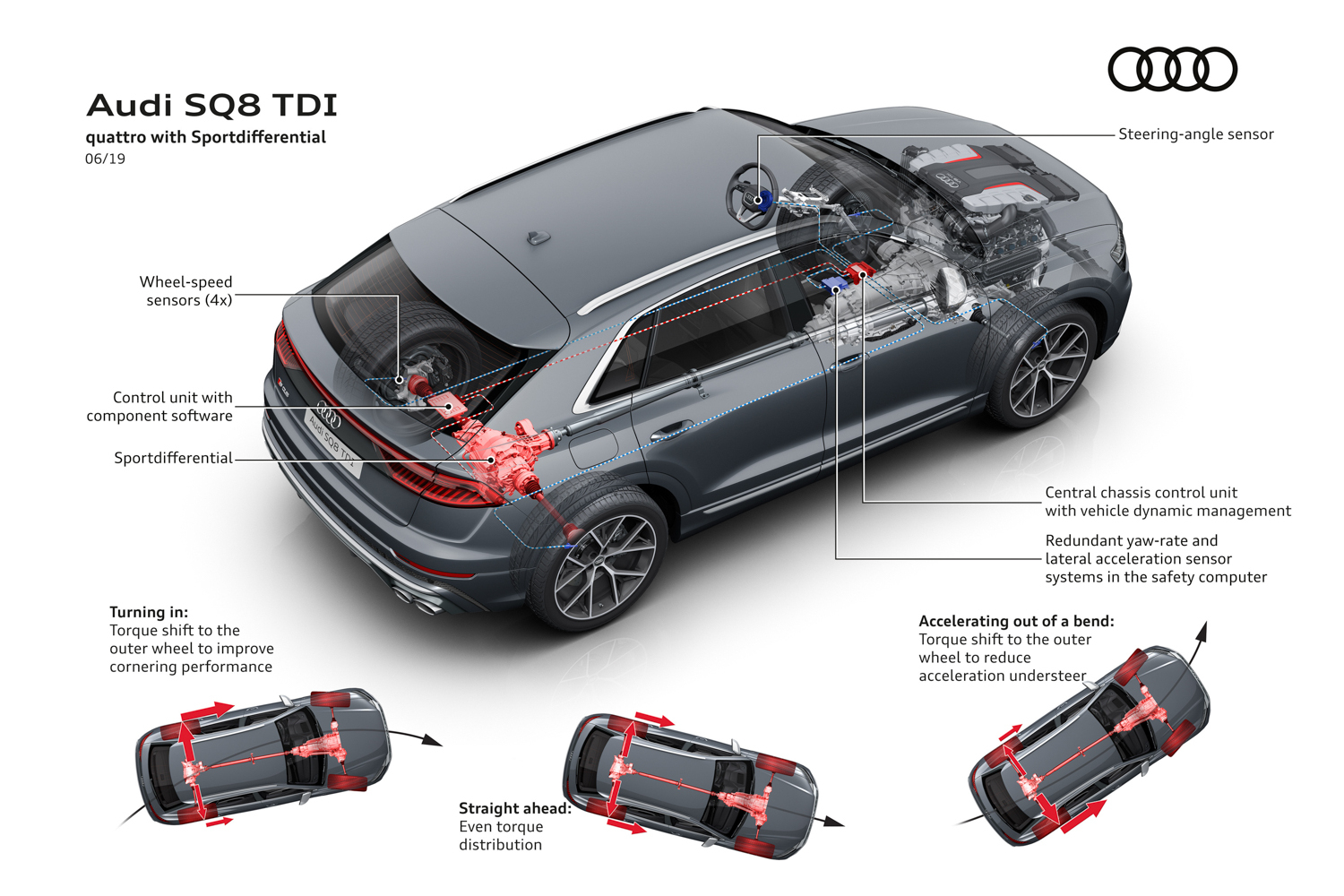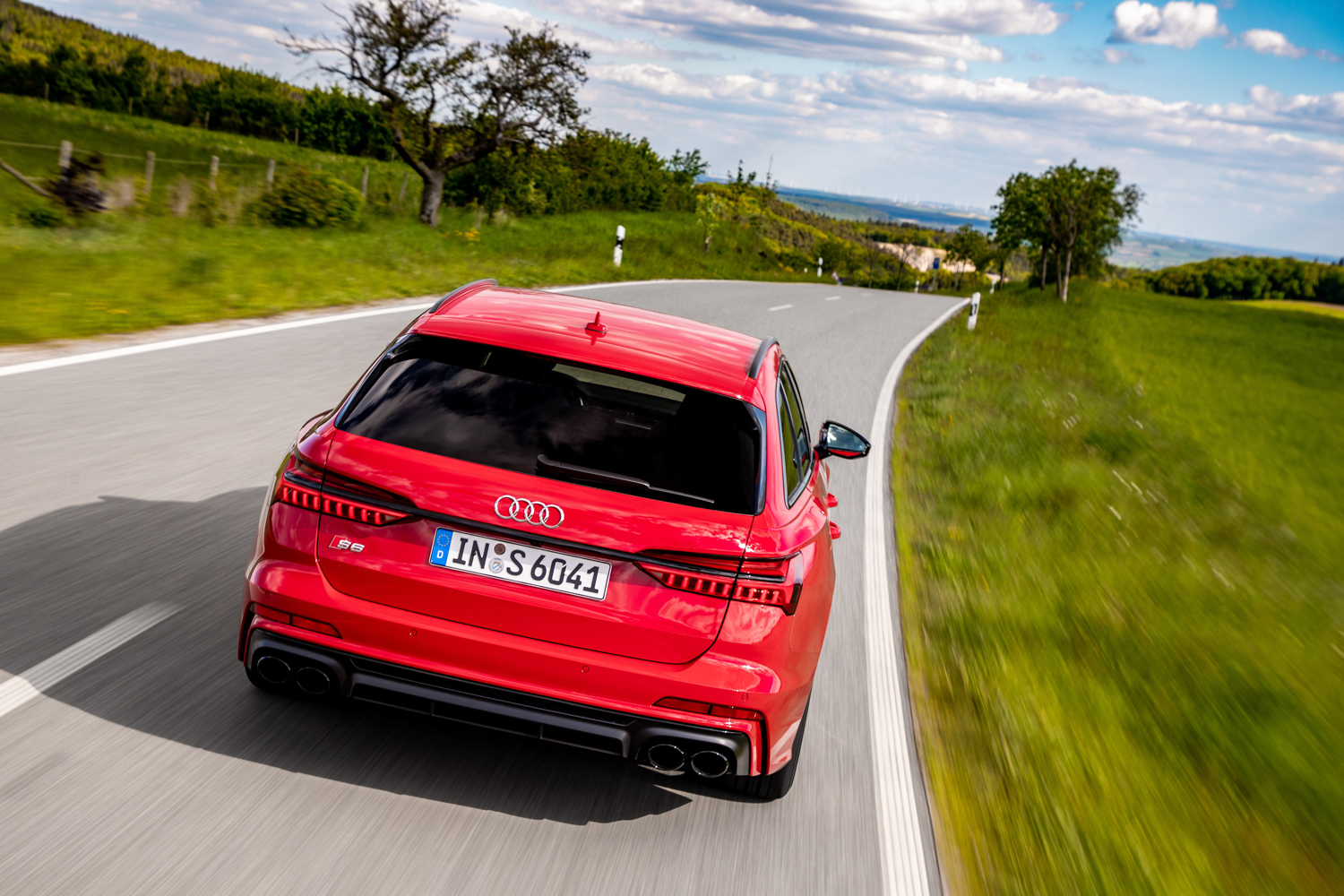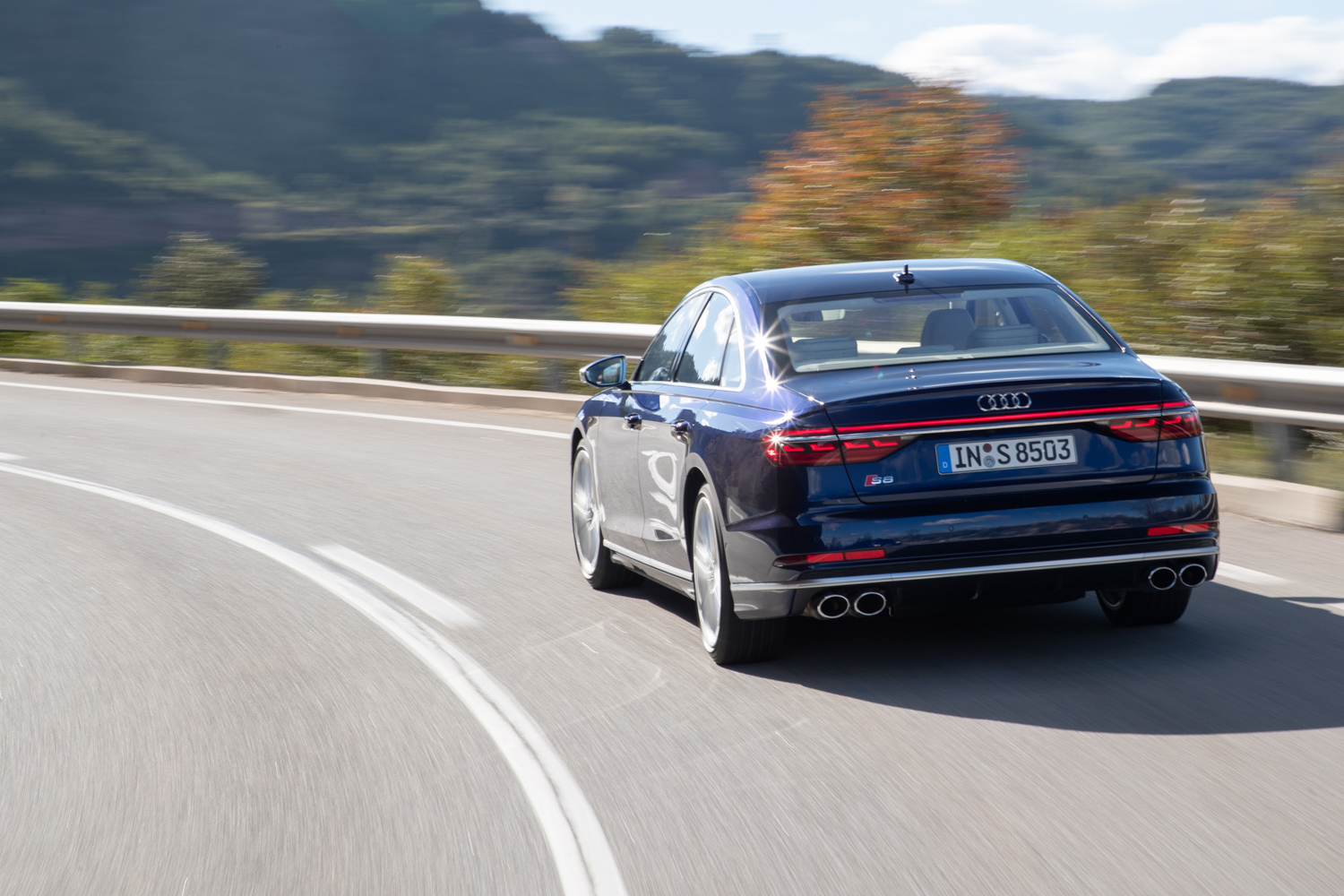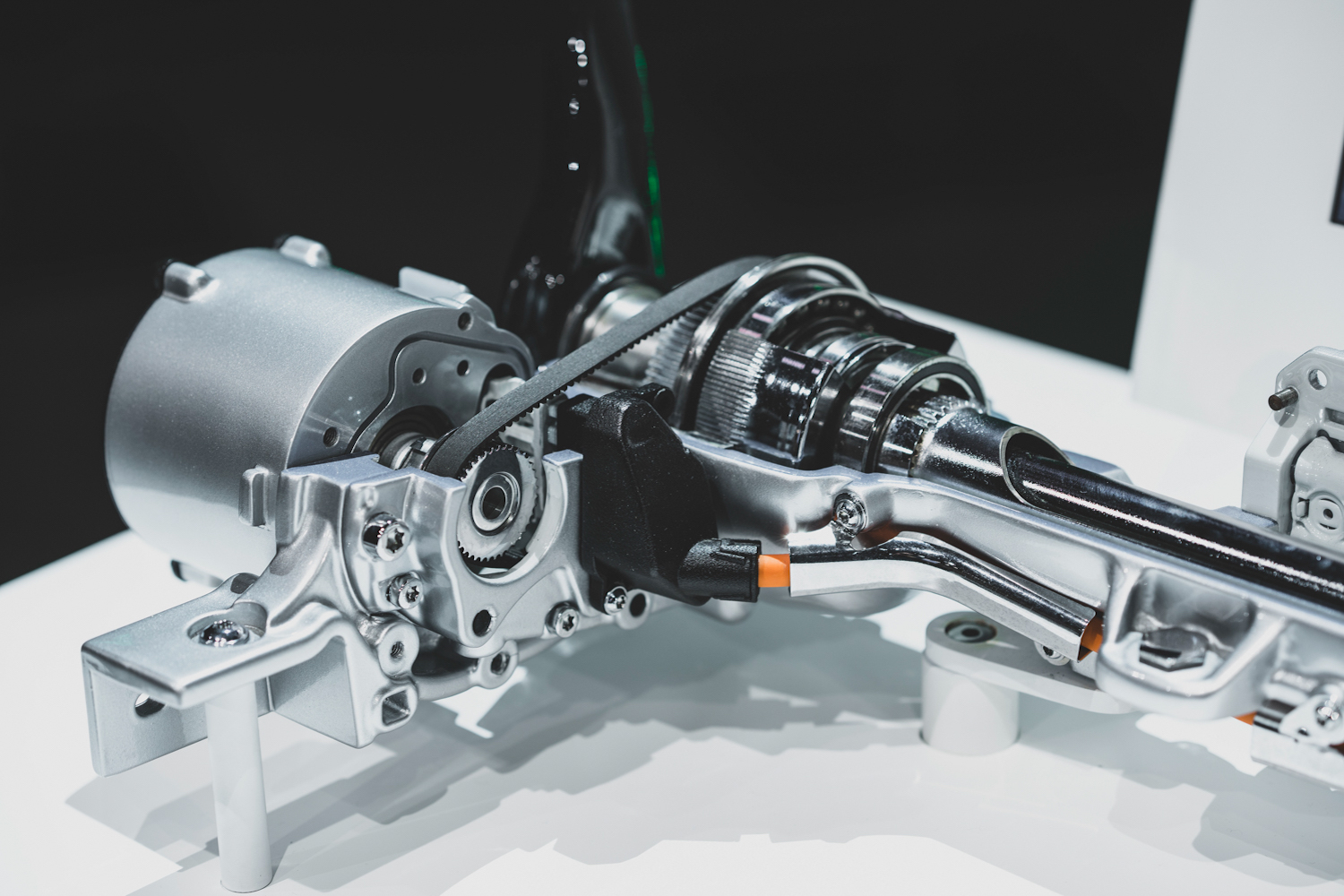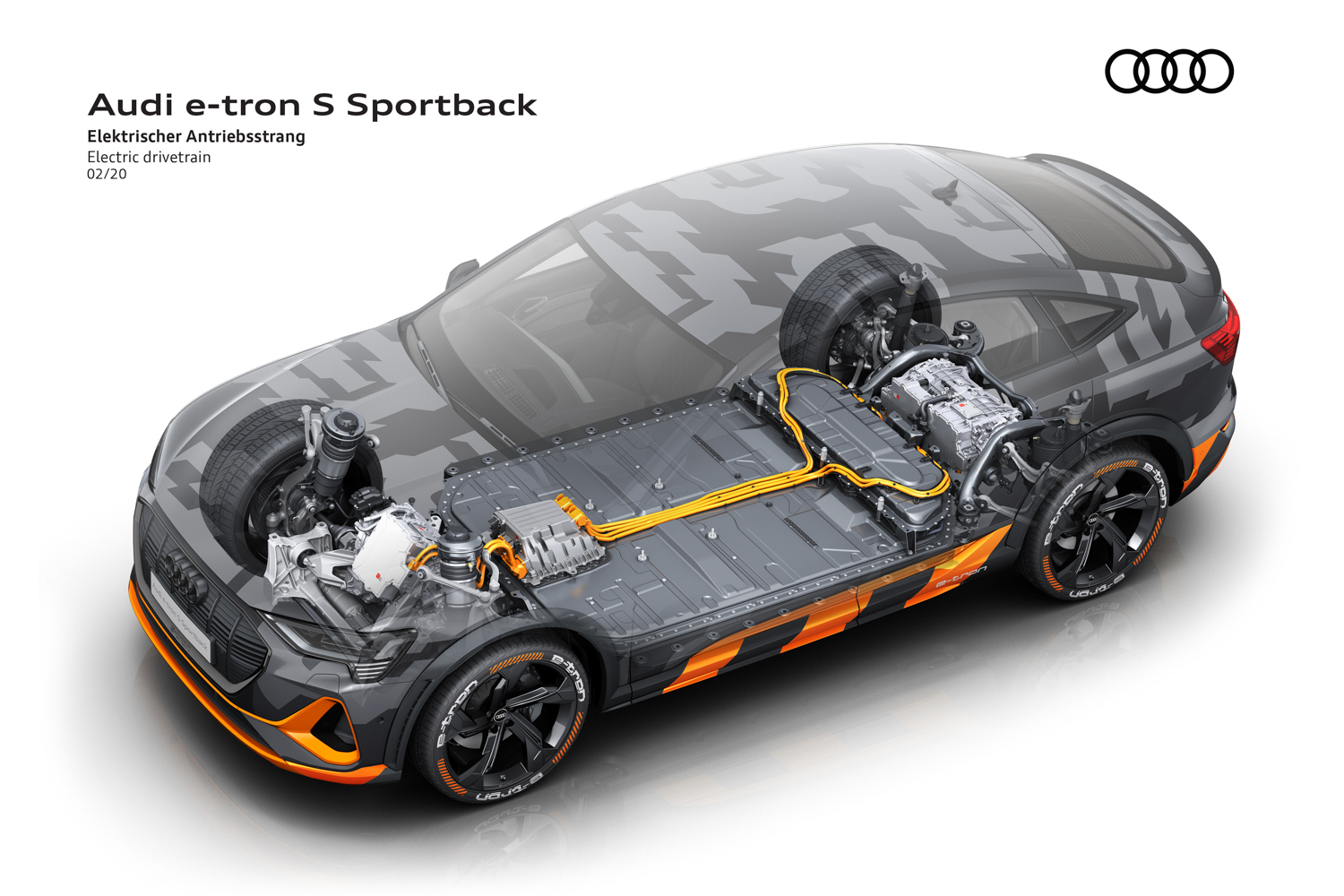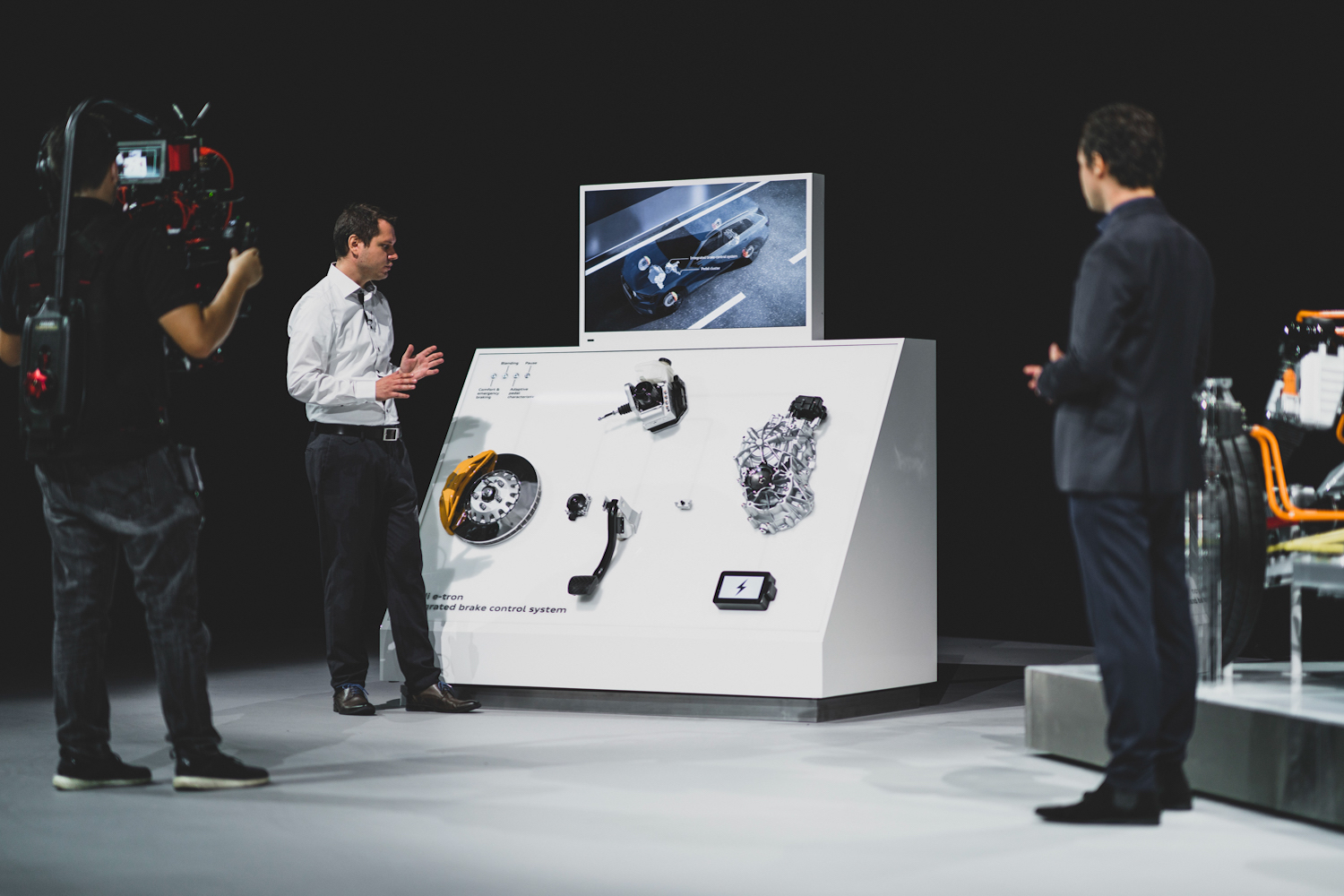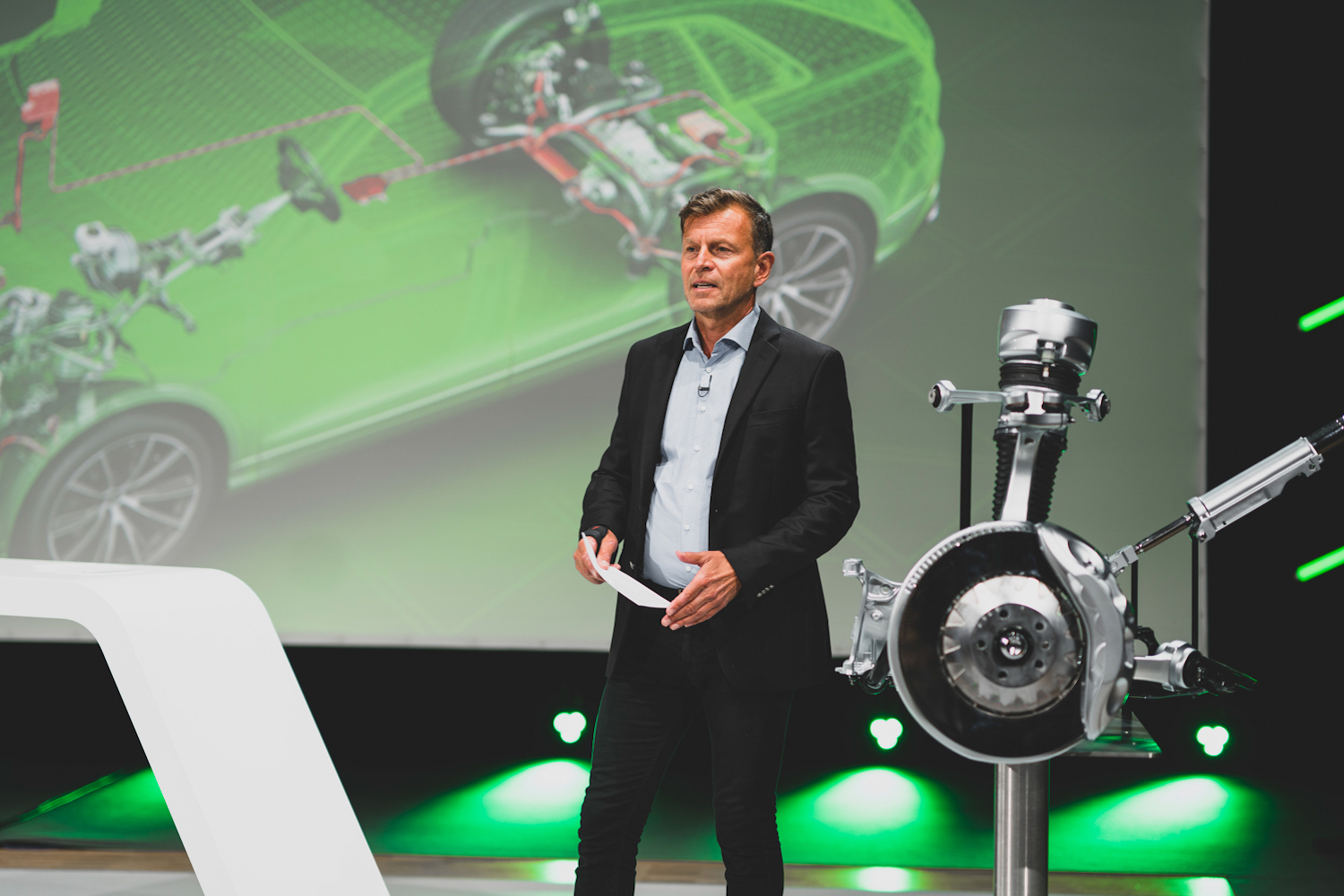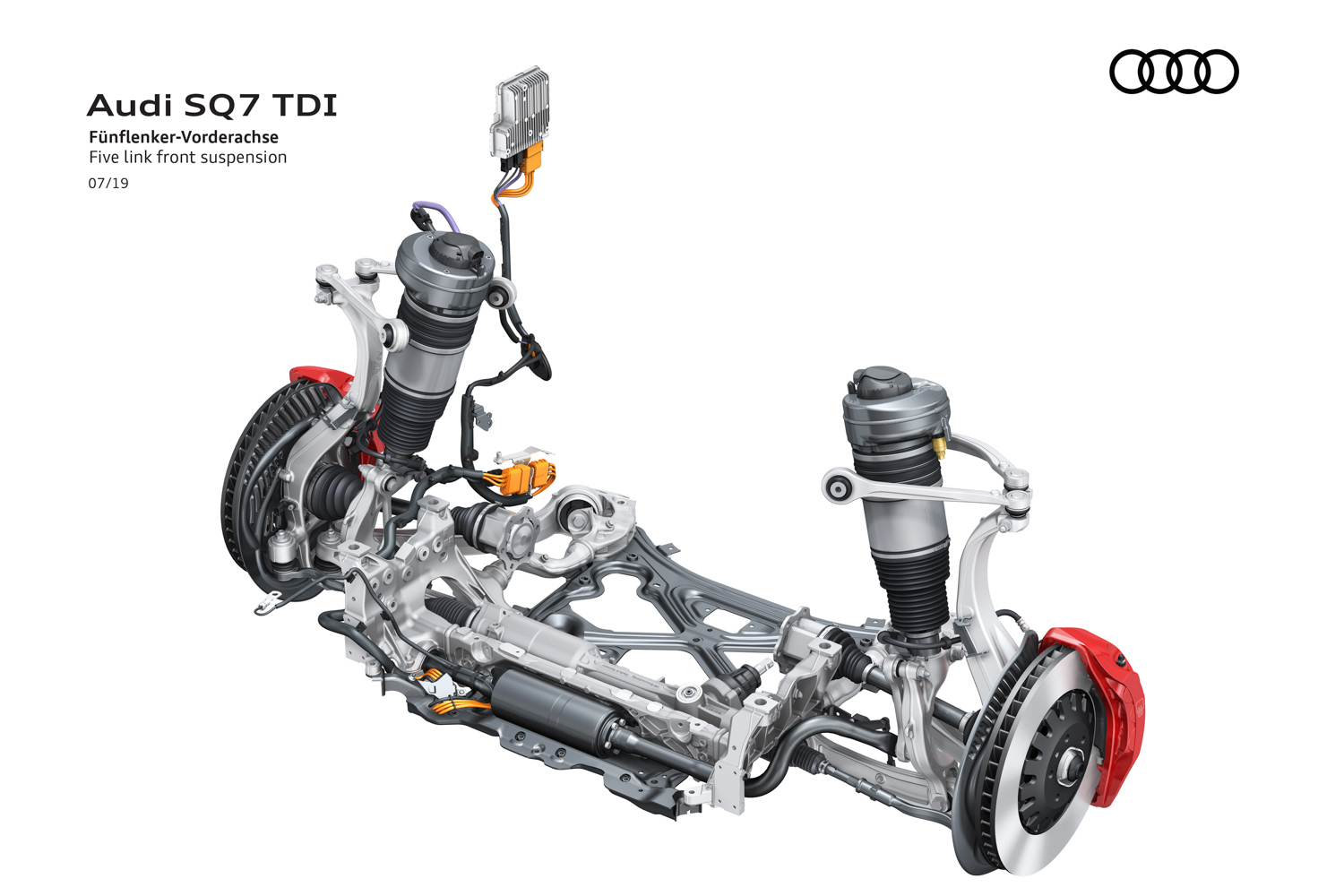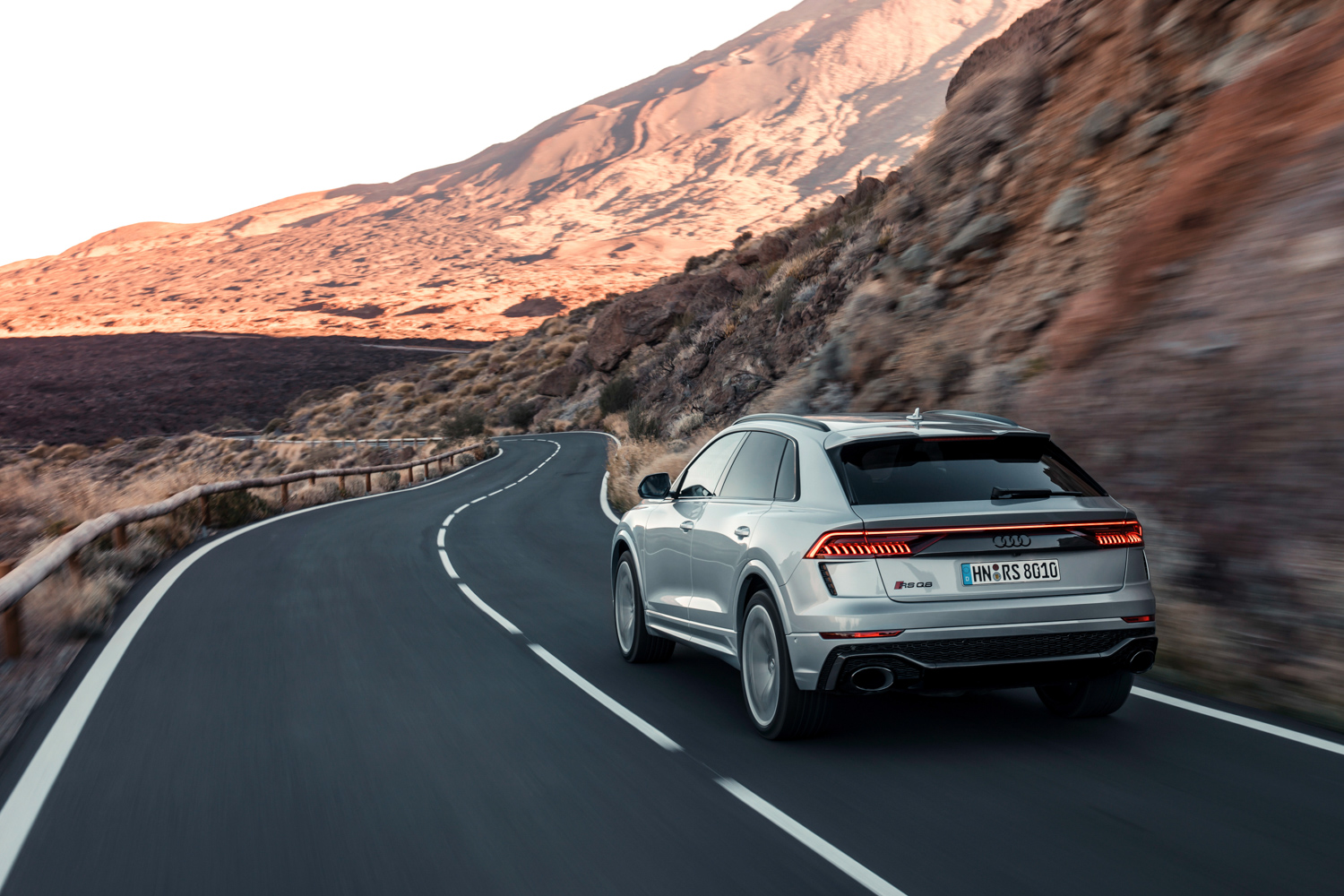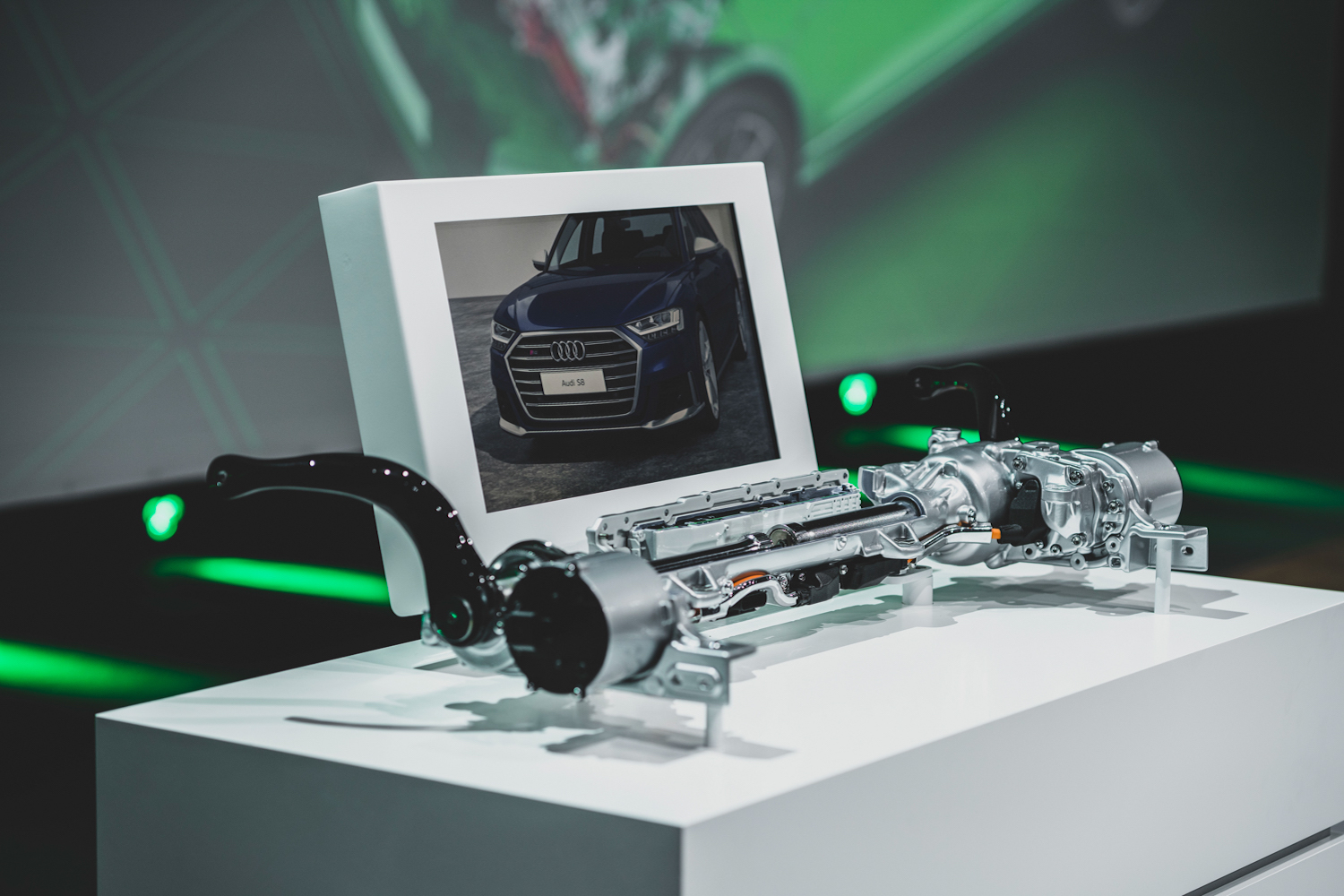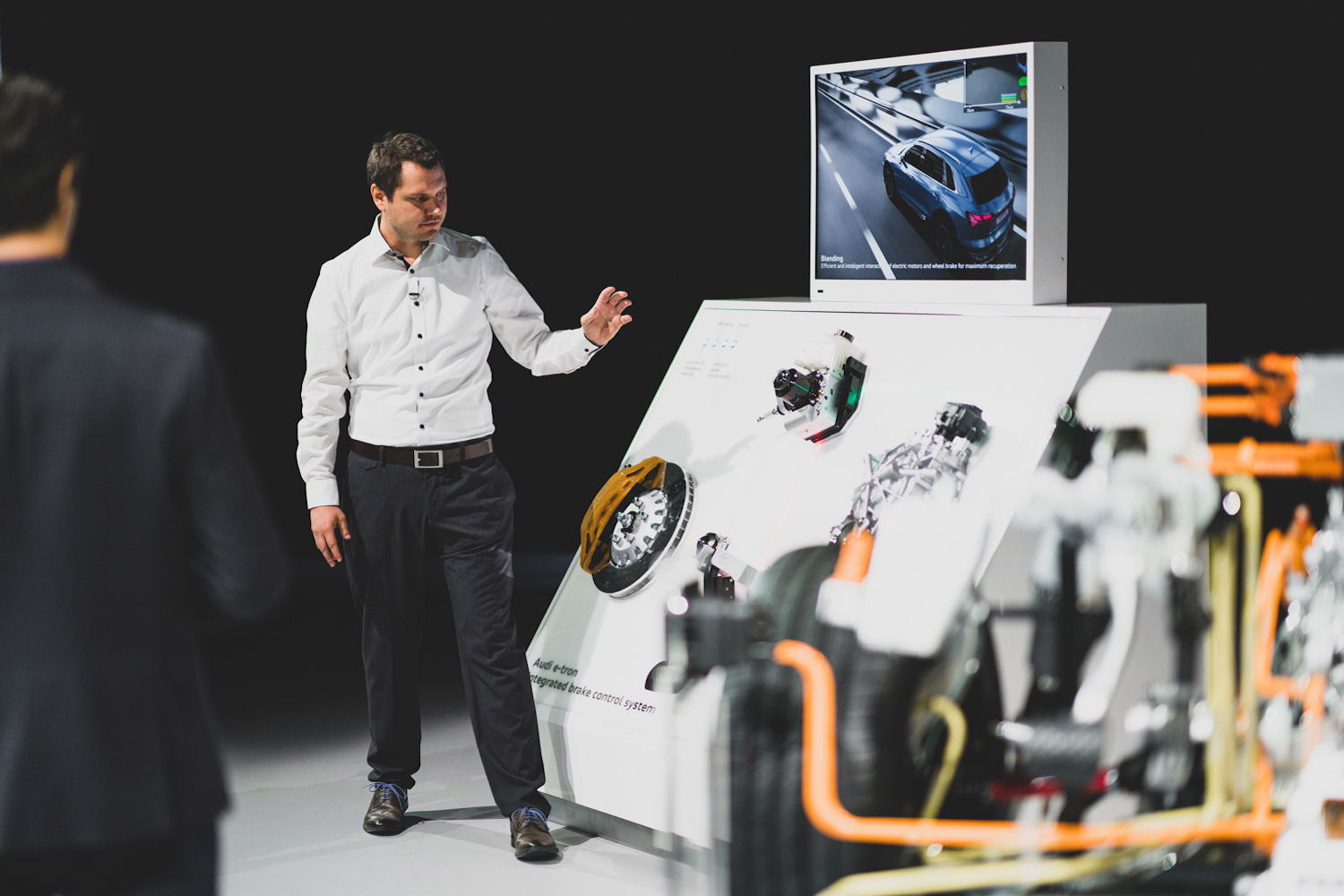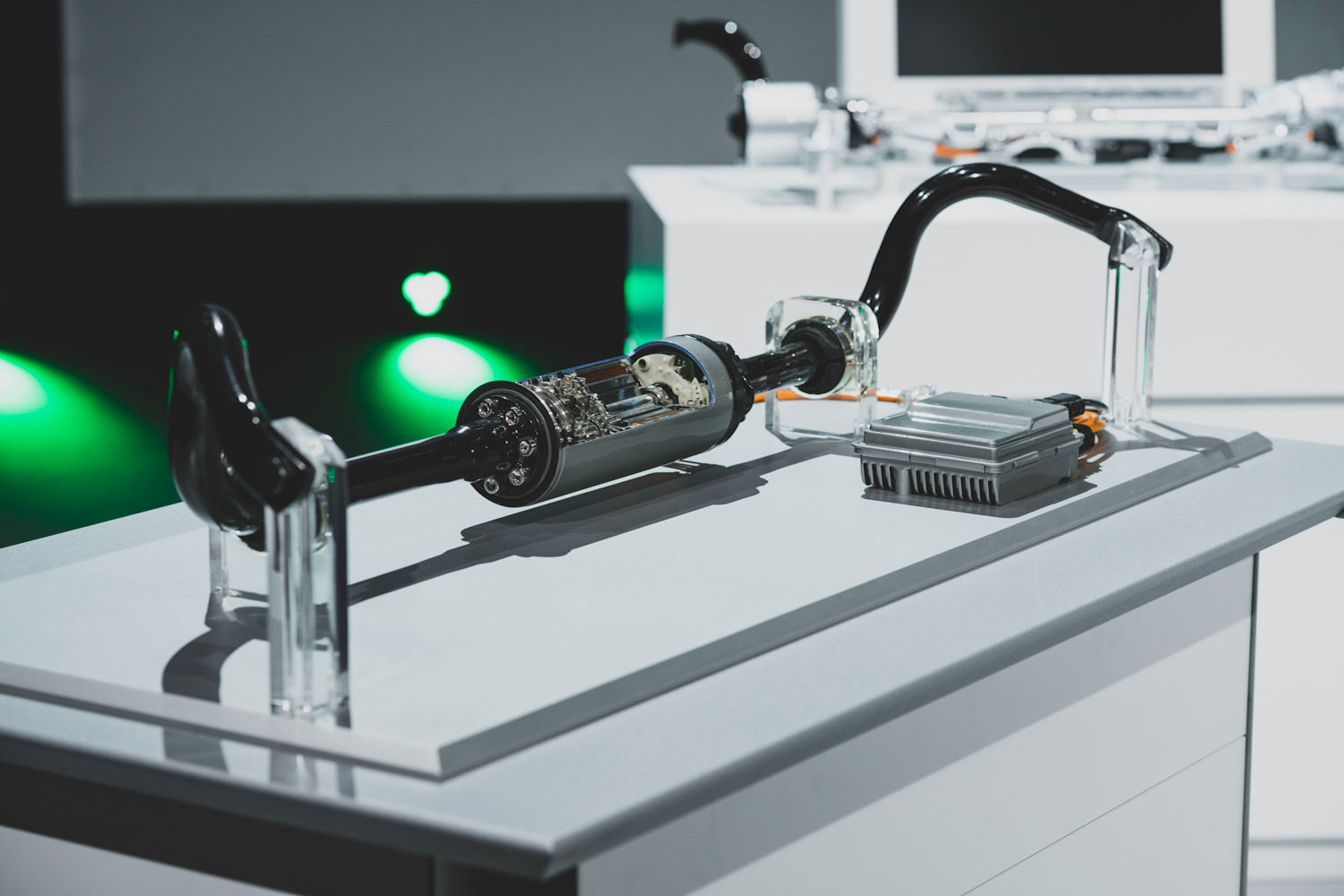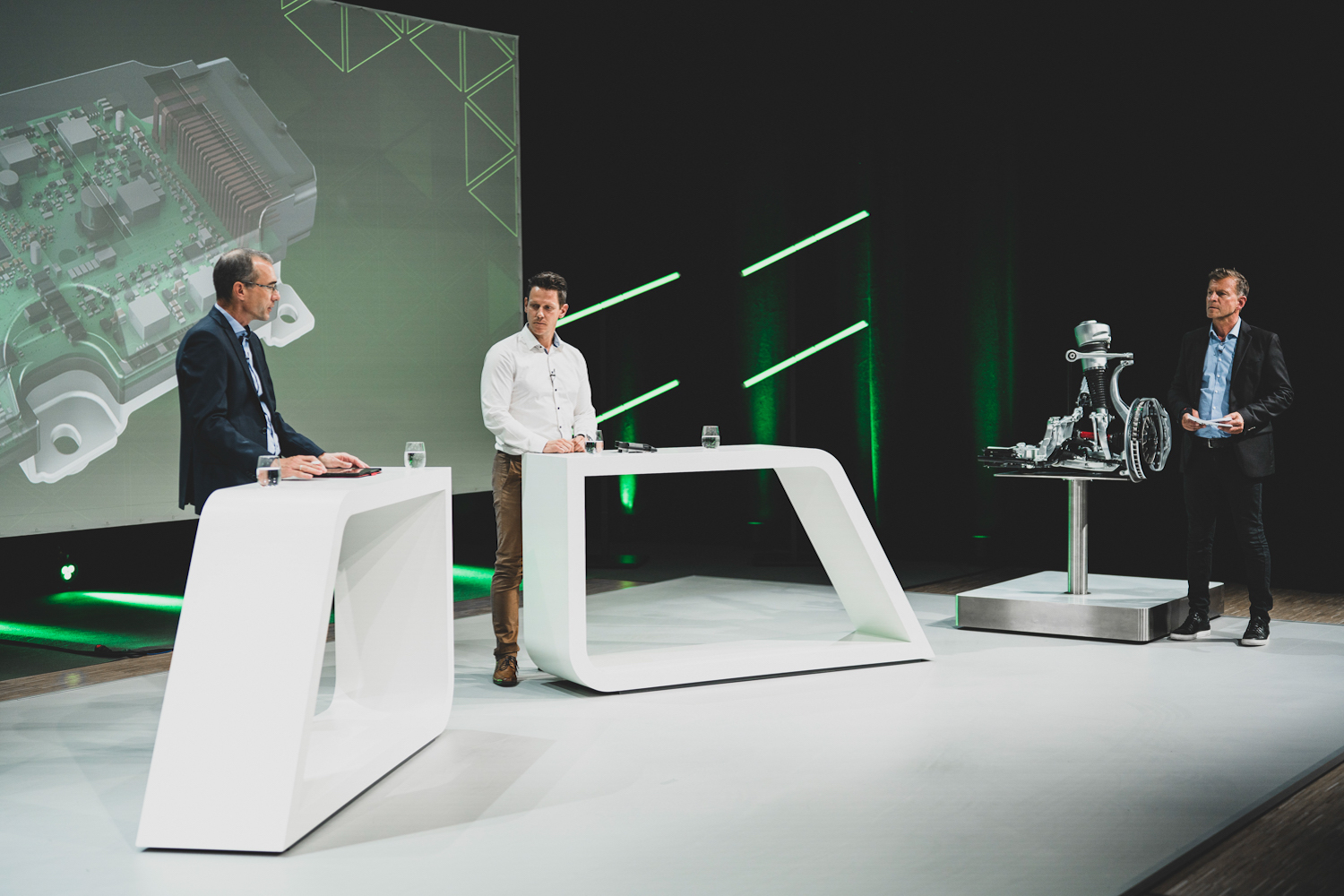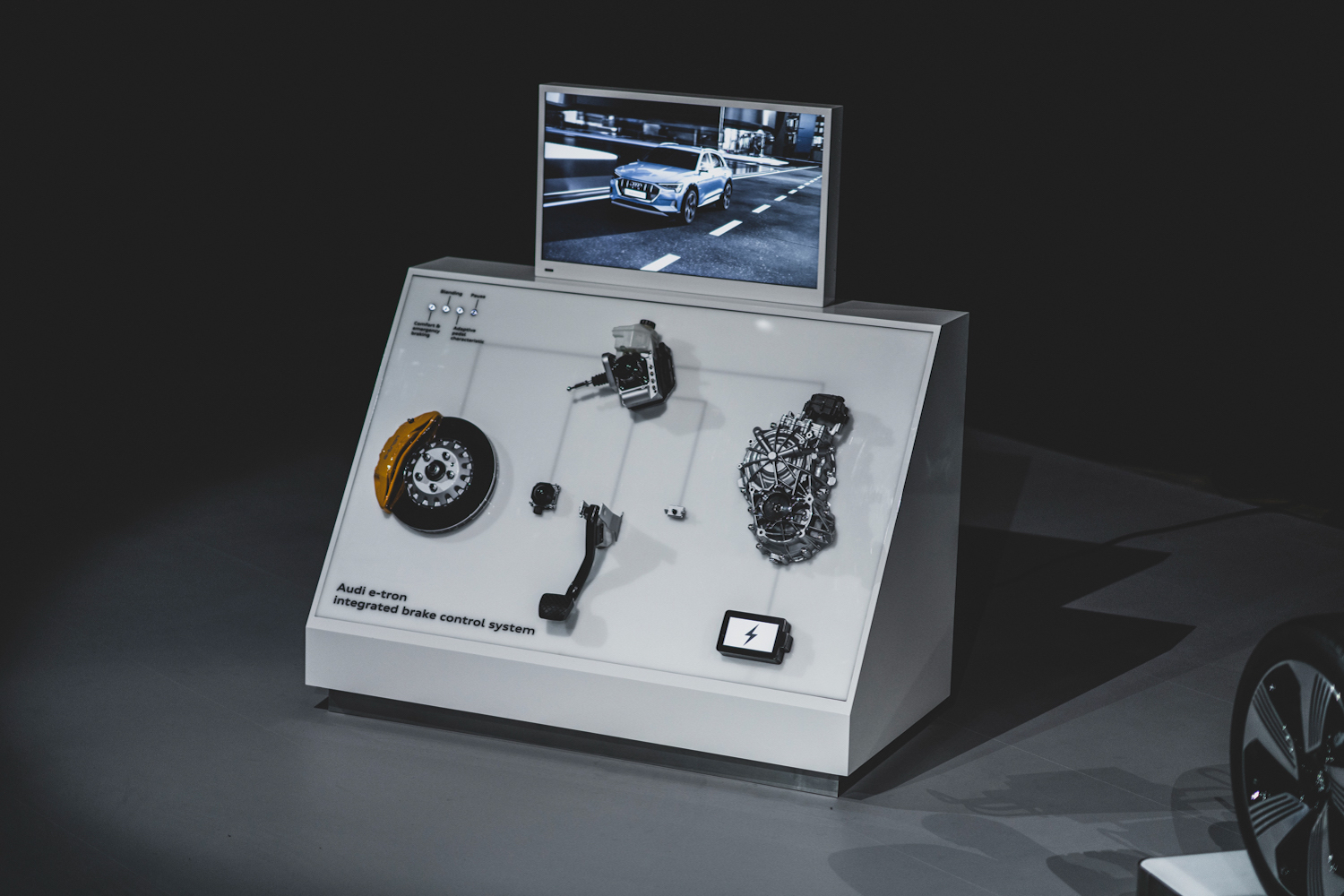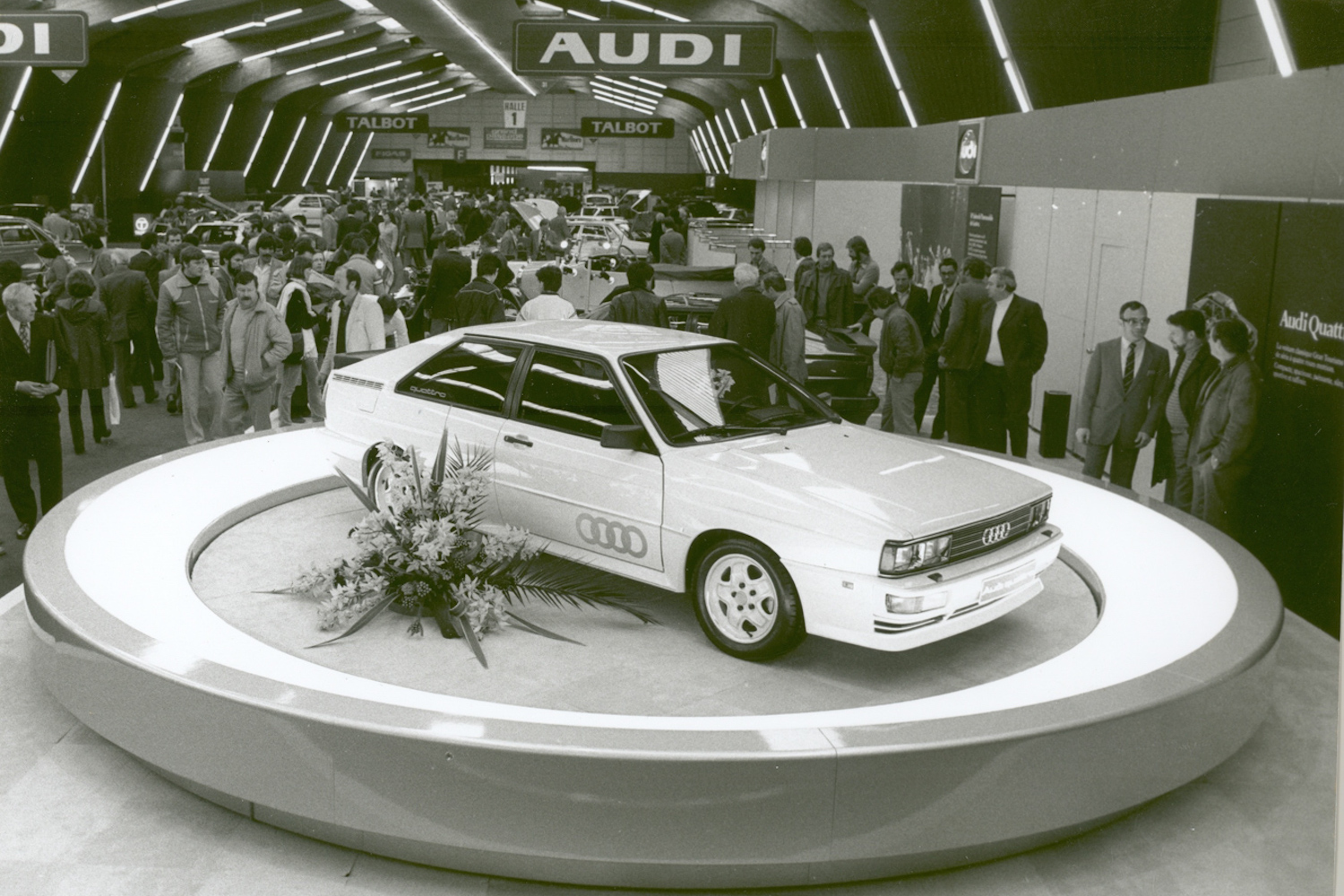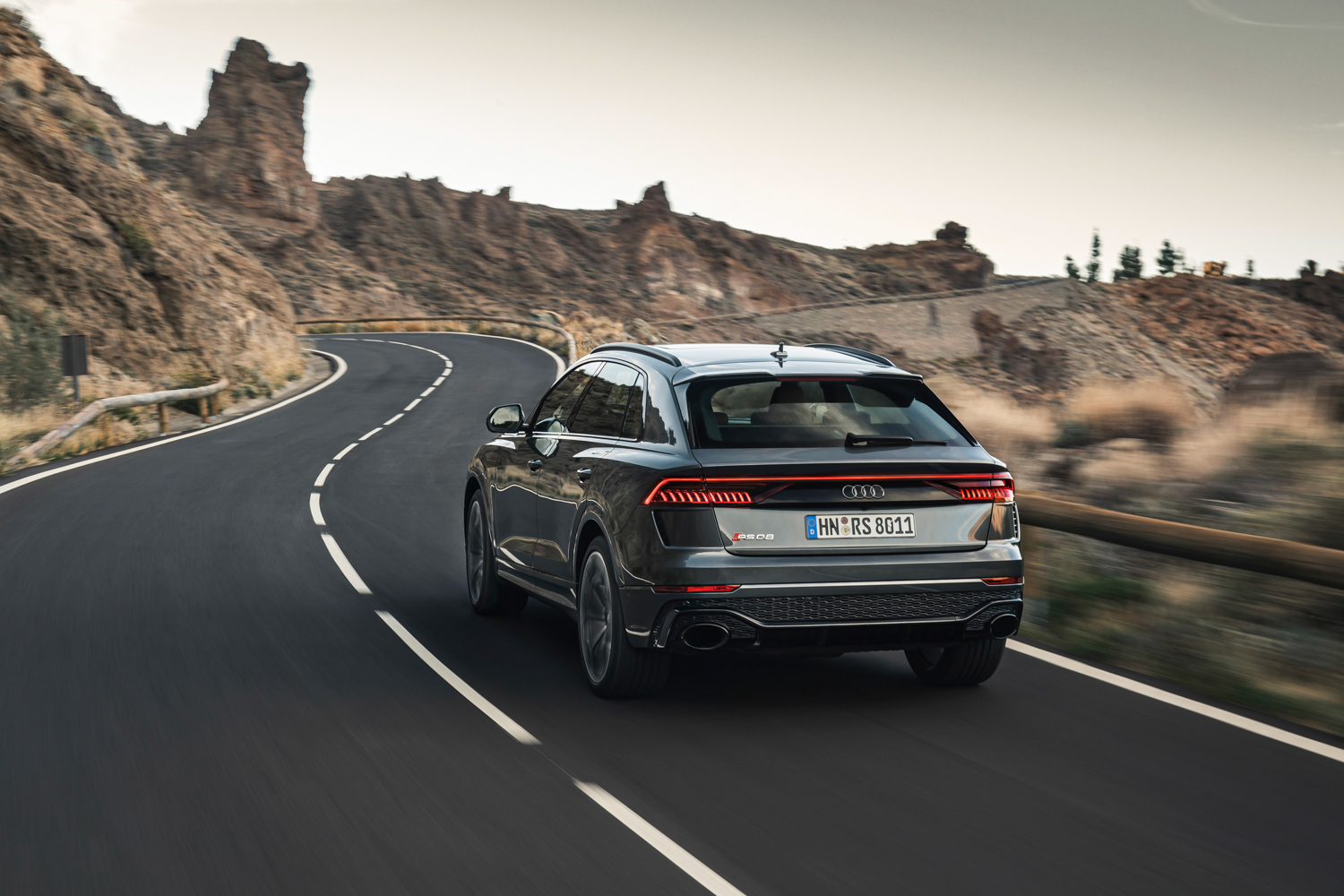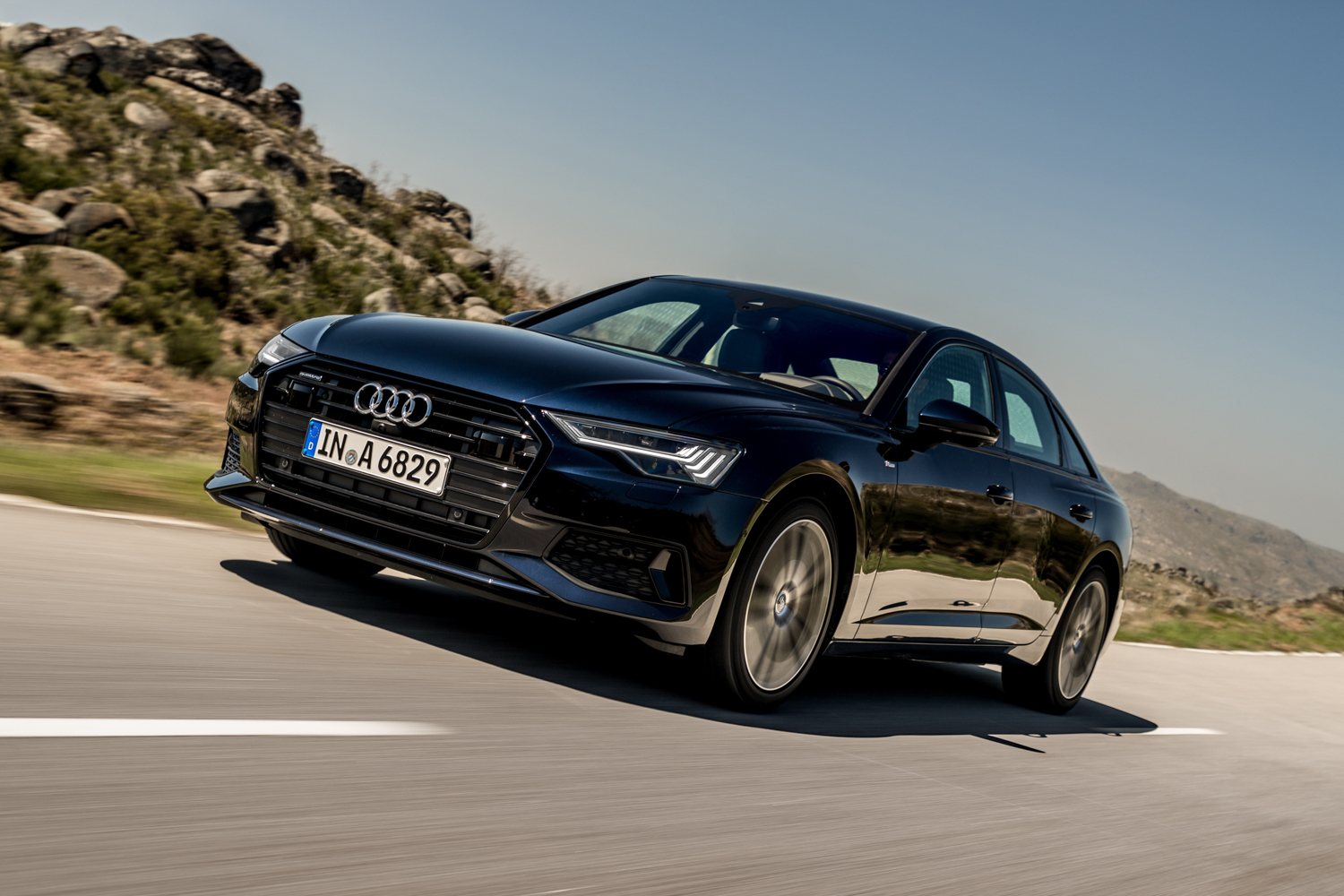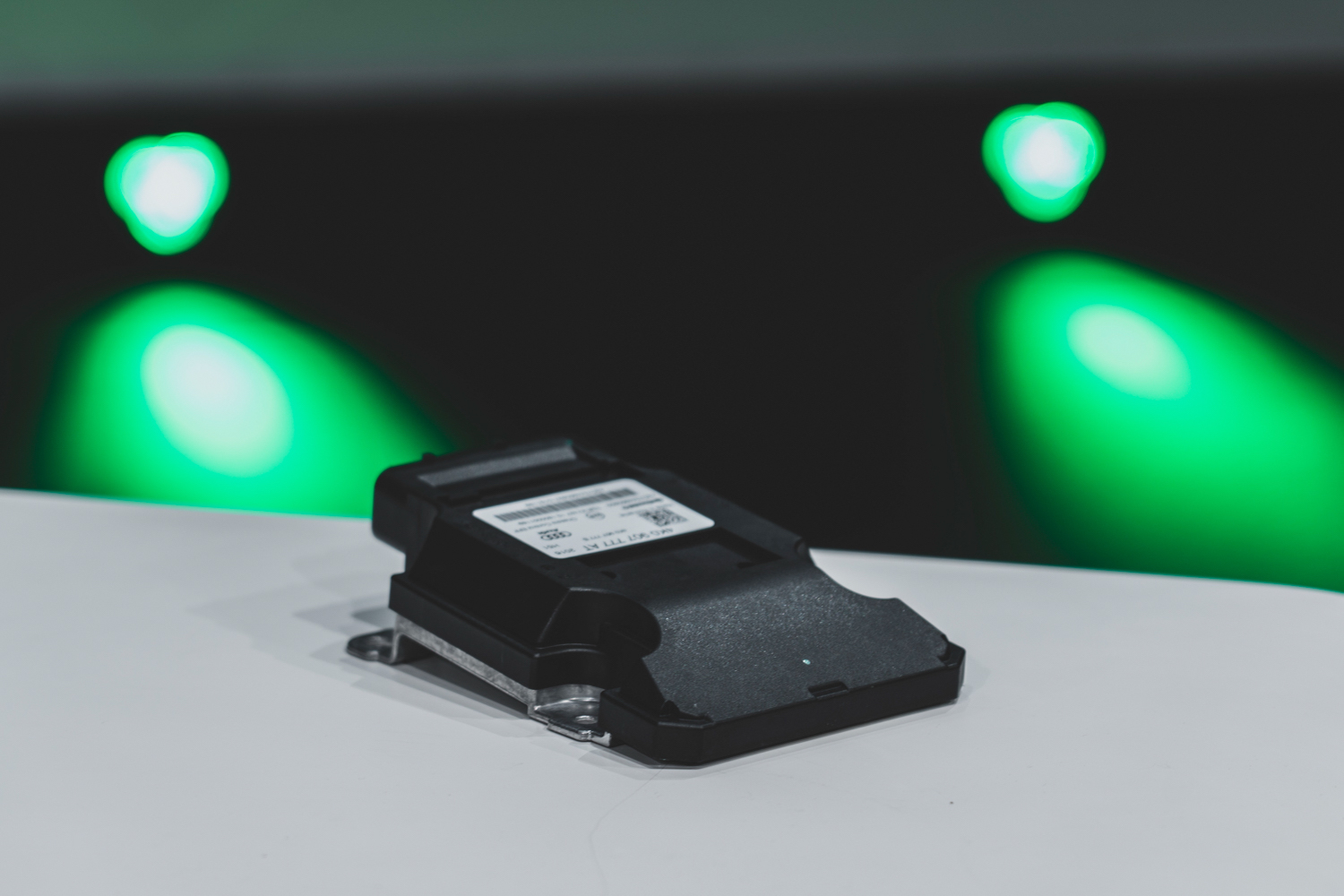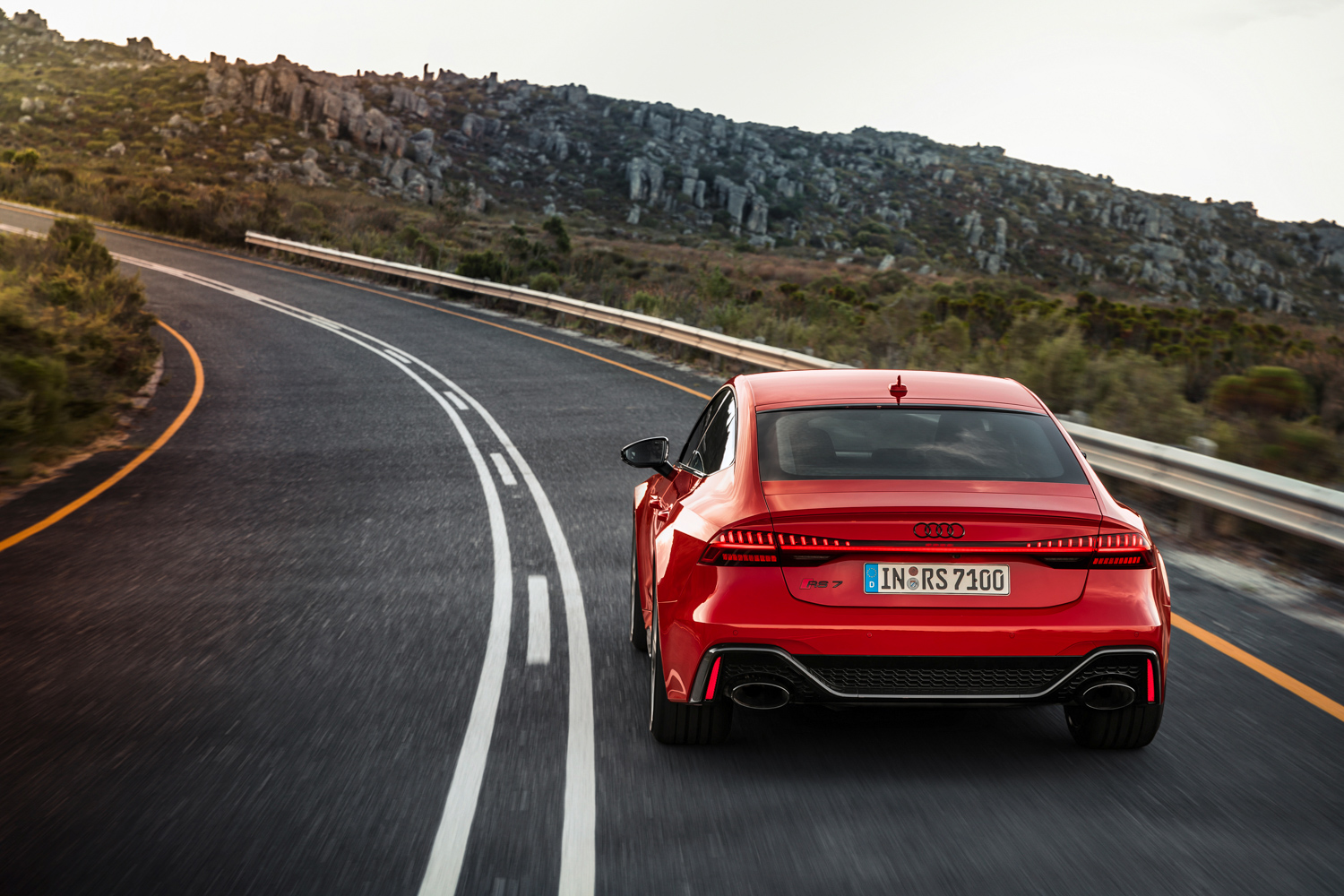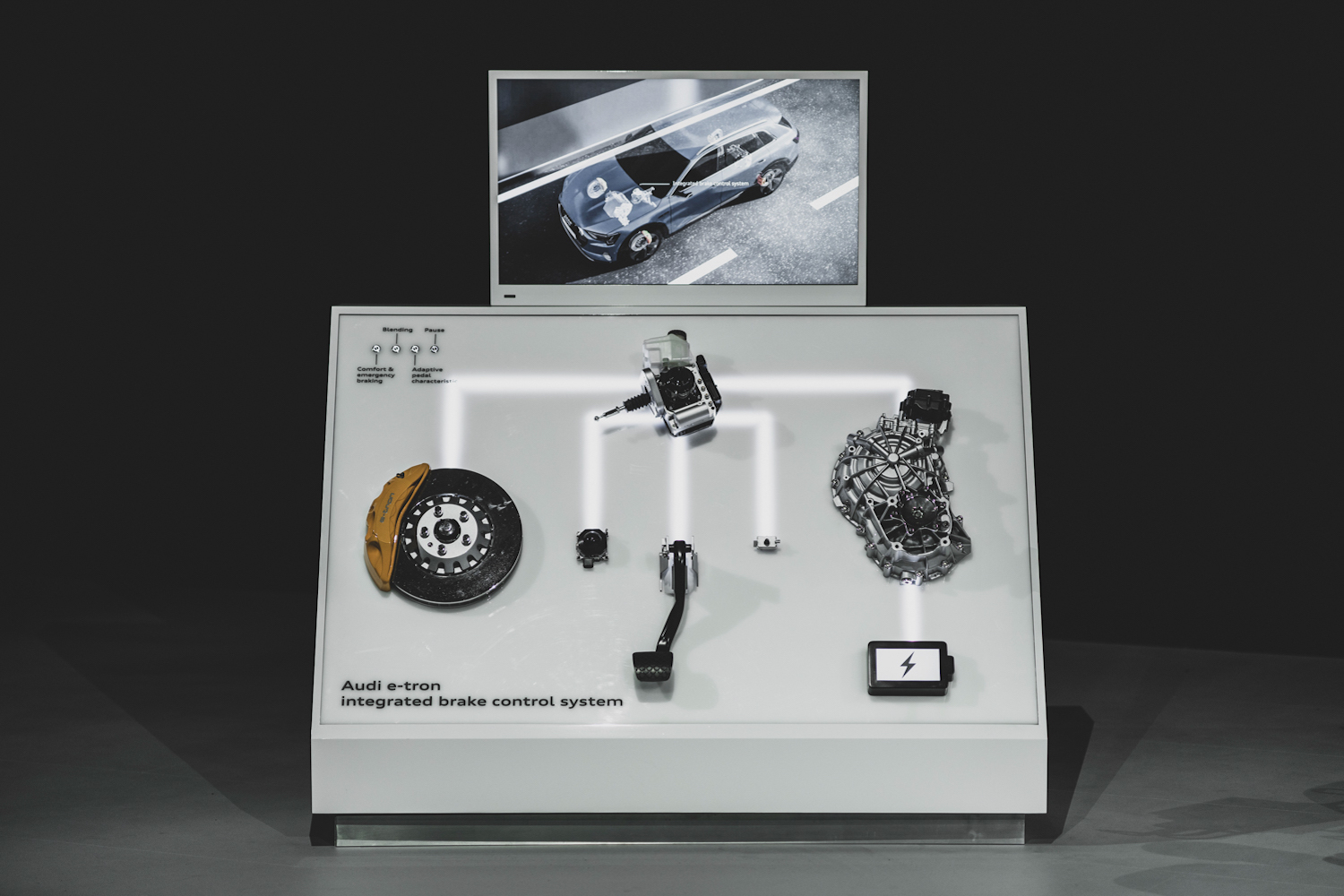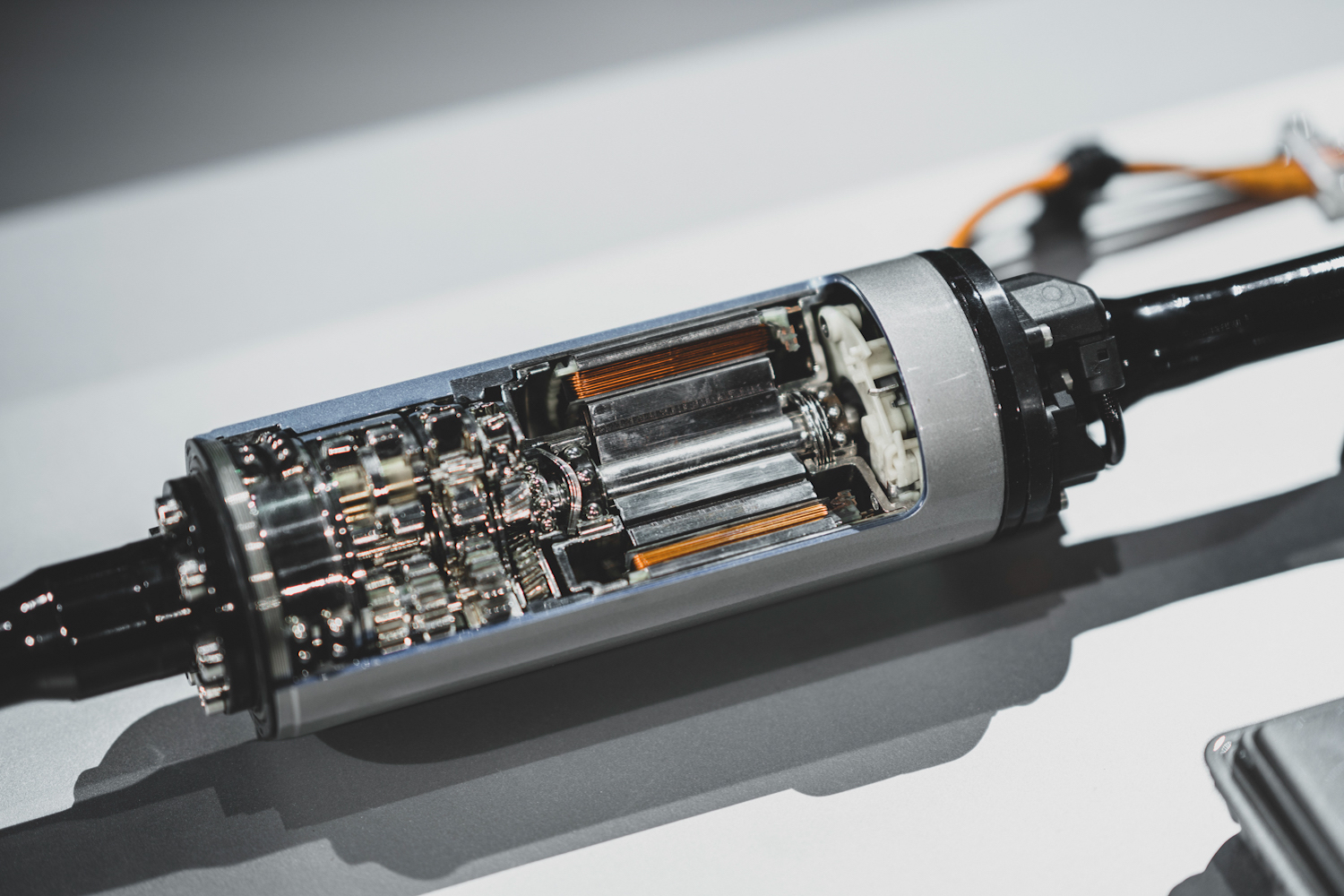Audi, having revolutionised the idea of linking the front and rear axles some forty years ago with the original Quattro, now wants to do the same thing with a car's electronic control systems, creating a super-controller which oversees all aspects of a car's handling and powertrain.
Active roll control
In some ways, the basis for all of this already exists. Back in 2015, the second-generation Q7 SUV debuted Audi's Electronic Chassis Platform, or ECP. That system links together things such as the quattro four-wheel drive, the adaptive air suspension, and the all-wheel steering to create a holistic structure for controlling the car's behaviour.
The idea now is to dramatically expand upon that. To take ECP, which currently links up something like 20 different components and sub-systems, and to create a 'super-controller' which connects as many as 90 different systems and components.
Right now, the best example of how this works is the active roll-control system used by the current SQ7 and SQ8. When you're driving in a straight line, the roll control is essentially disconnected, to allow for full suspension movement, and comfier ride quality. Tip into a corner at high speed, though, and within milliseconds, the active air suspension, taking readings from the steering, the accelerator, and other sensors, lifts the vehicle side that is on the outside of a corner against the centrifugal forces with a moment of up to 1,200Nm. So,a thanks to the interconnectedness of systems, you can have a soft ride, but flat cornering.
Added crash protection
Another example is the fully active suspension of the current Audi A8 luxury saloon. In that car, each corner of the suspension gets its own 48-volt electric motor, which is connected to a steel torque tube. That can act upon the suspension, alternately squeezing or relaxing it, so as to - again - smooth out the ride while keeping the cornering flat. "Thus," says Audi, "drivers and passengers are practically "disconnected" from mechanical powertrain and driving effects."
Taking info from other sensors means that the A8's suspension can even be crash-reactive. If the car detects an imminent side-impact, the suspension will rapidly raise that side of the car by up to 80mm, tilting the occupants away from the collision point, and presenting more of the car's crash structure, so as to better absorb the impact. Audi says that the deformation of the passenger cell and impact on the occupants, especially in the chest and abdominal area, can thus be as much as 50 per cent lower than in a side crash without suspension lifting.
Smart brakes
Then we have clever brakes, especially for electric or hybrid models. The integrated Brake Control System (iBRS) of the Audi e-tron electric SUV can contribute as much as 30 per cent of the car's overall one-charge range, thanks to how it recuperates energy from the brakes. Actually, what it does is simply let the drag of the electric motors slow the car down, which Audi reckons is strong enough for around 90 per cent of deceleration events, without ever needing to use the physical pads and discs.
Audi says it's also the first to use a new electro-hydraulic control unit which carefully blends the crossover point between the action of the electric motors and the actual, real brakes so that "the transition from the motor brake through the electric motors to the conventional brake is smooth and can no longer be felt by the driver's foot."
So, where's all this going? Well, the idea behind the 'super-controller' is to take all of that, plus such other systems as dynamic rear-wheel steering, sports differentials and more, to create cars that can have truly different characteristics depending upon whether you're in Sport or Comfort modes, and which can also take a holistic view of what the car's doing, what the driver is asking for, and how that can best be executed in a way that extends, as much as possible, the car's battery range.

